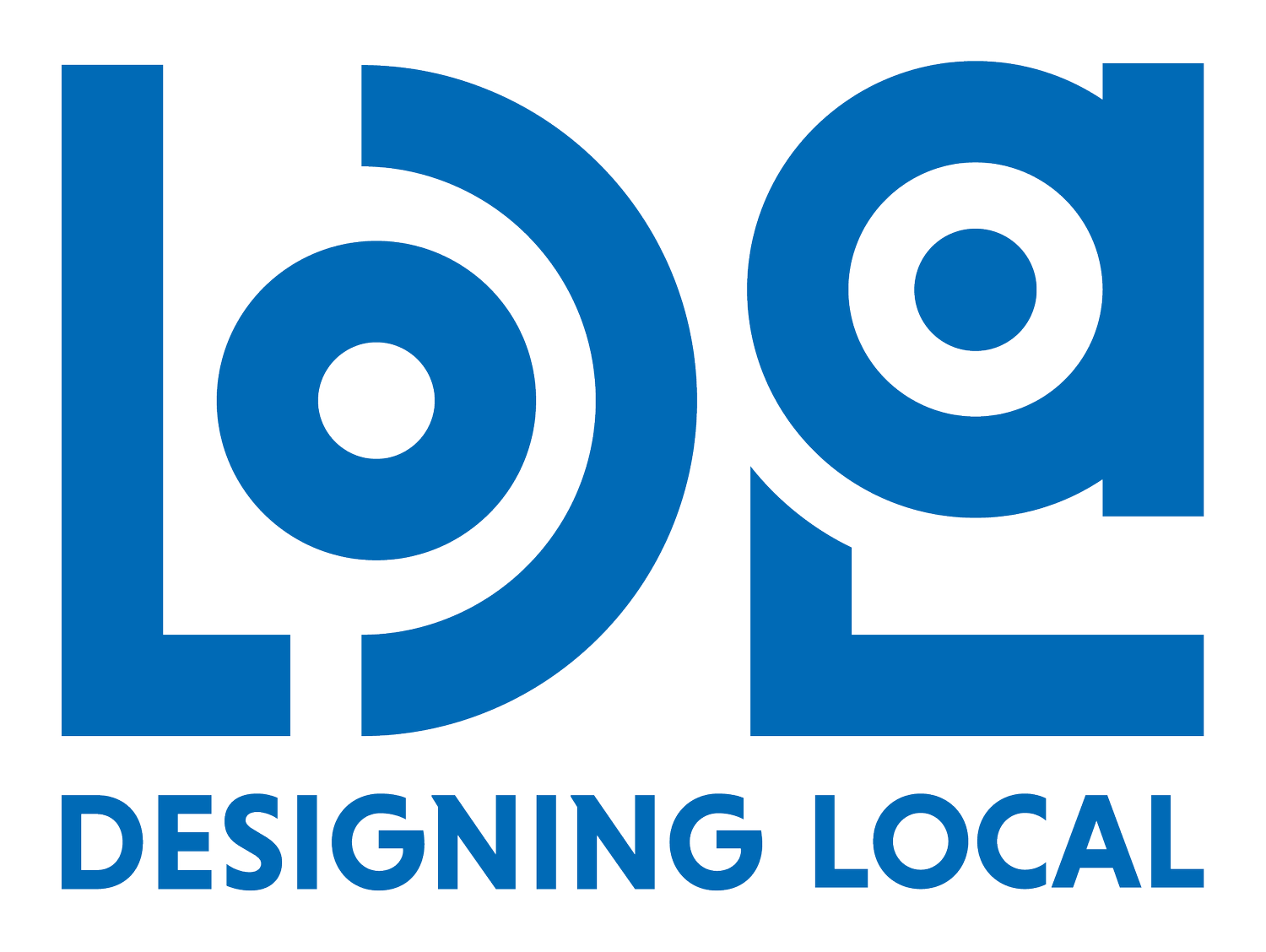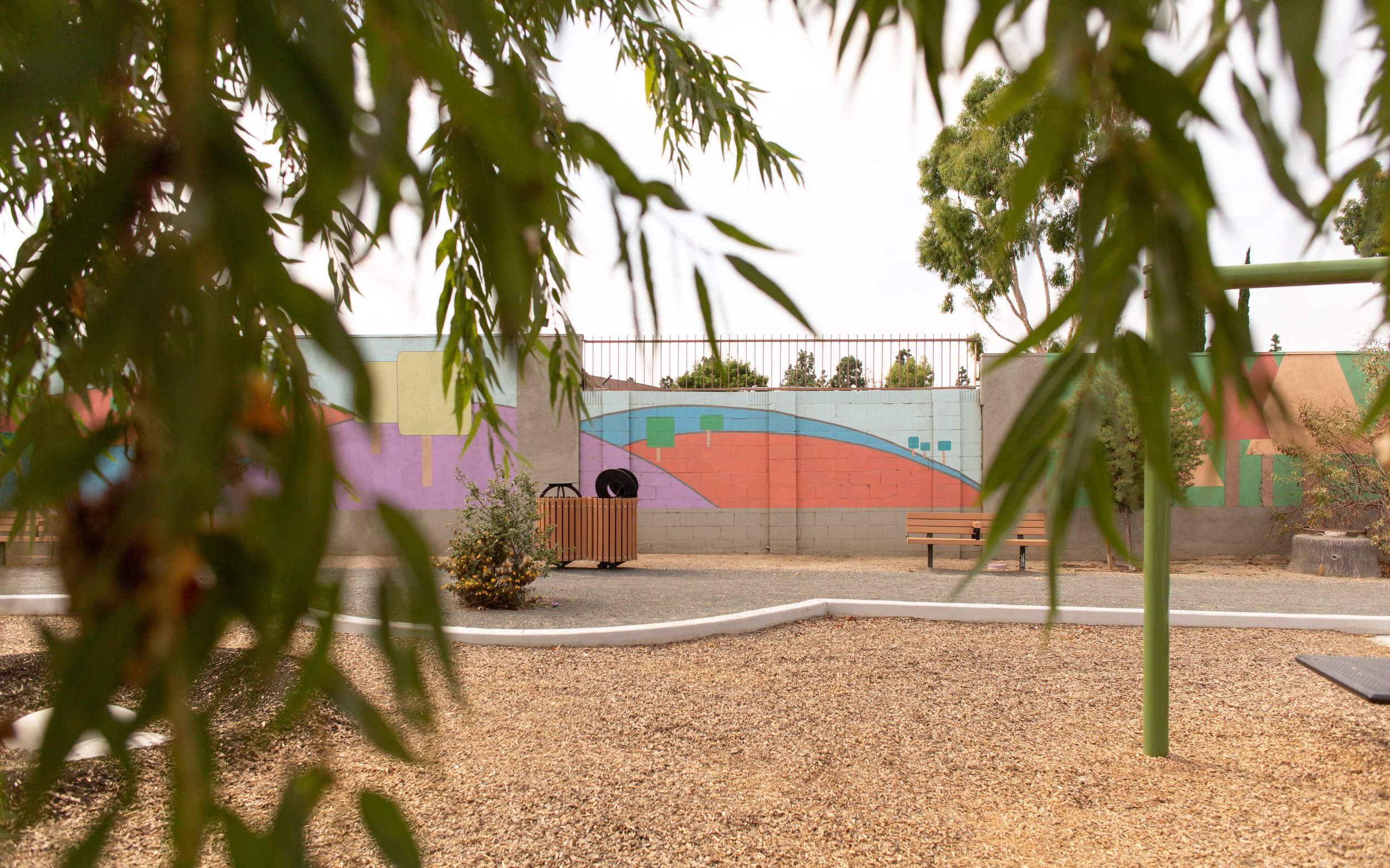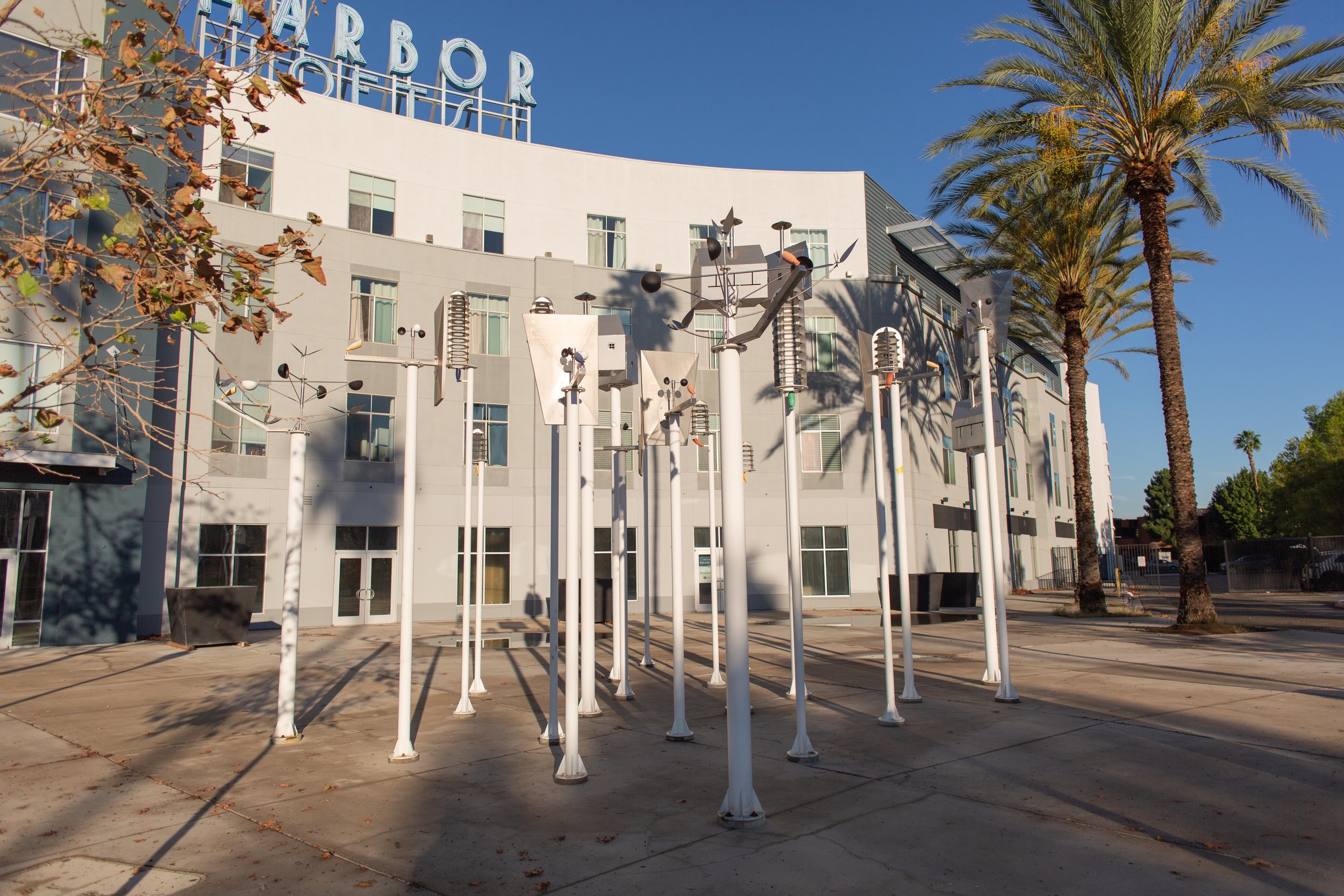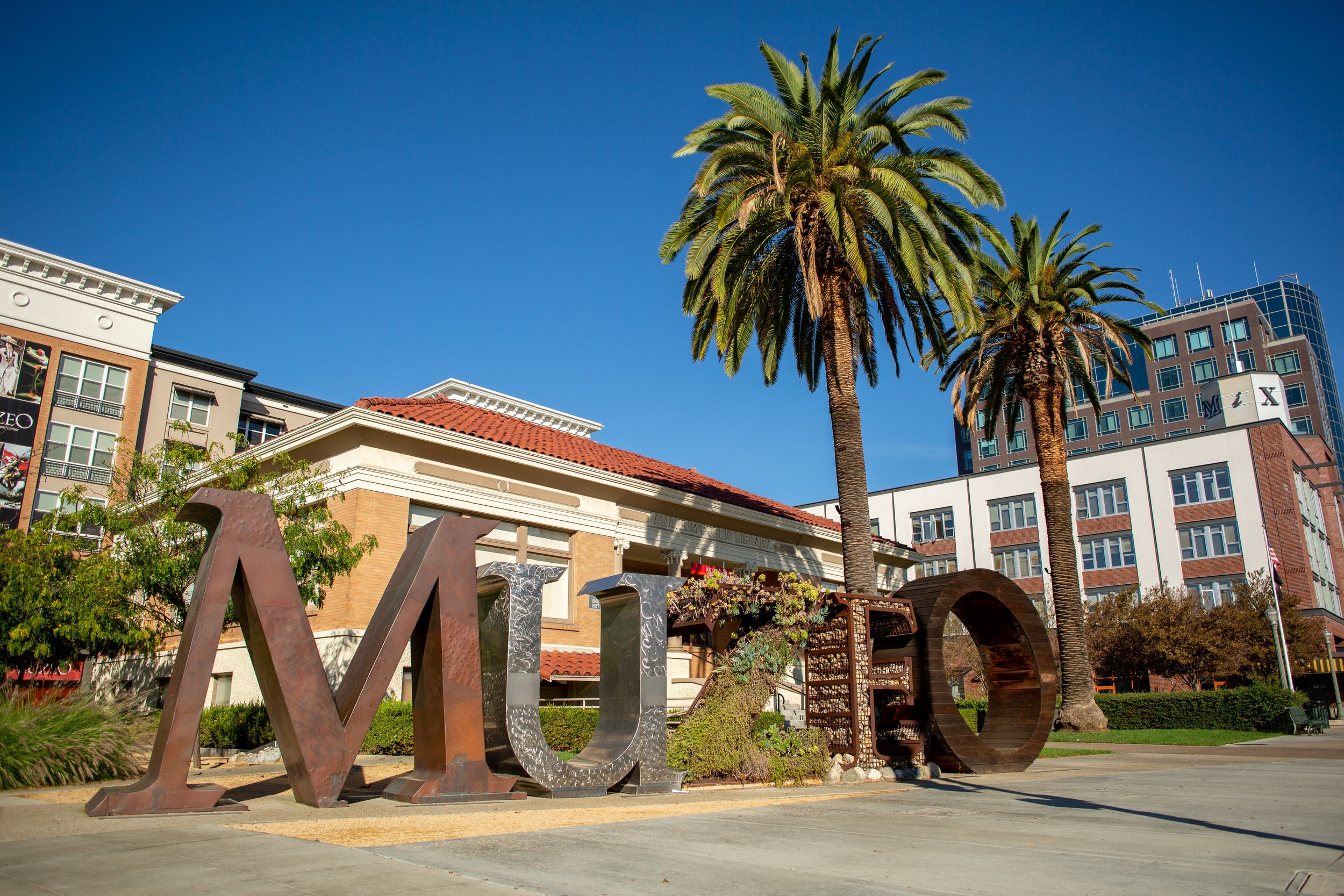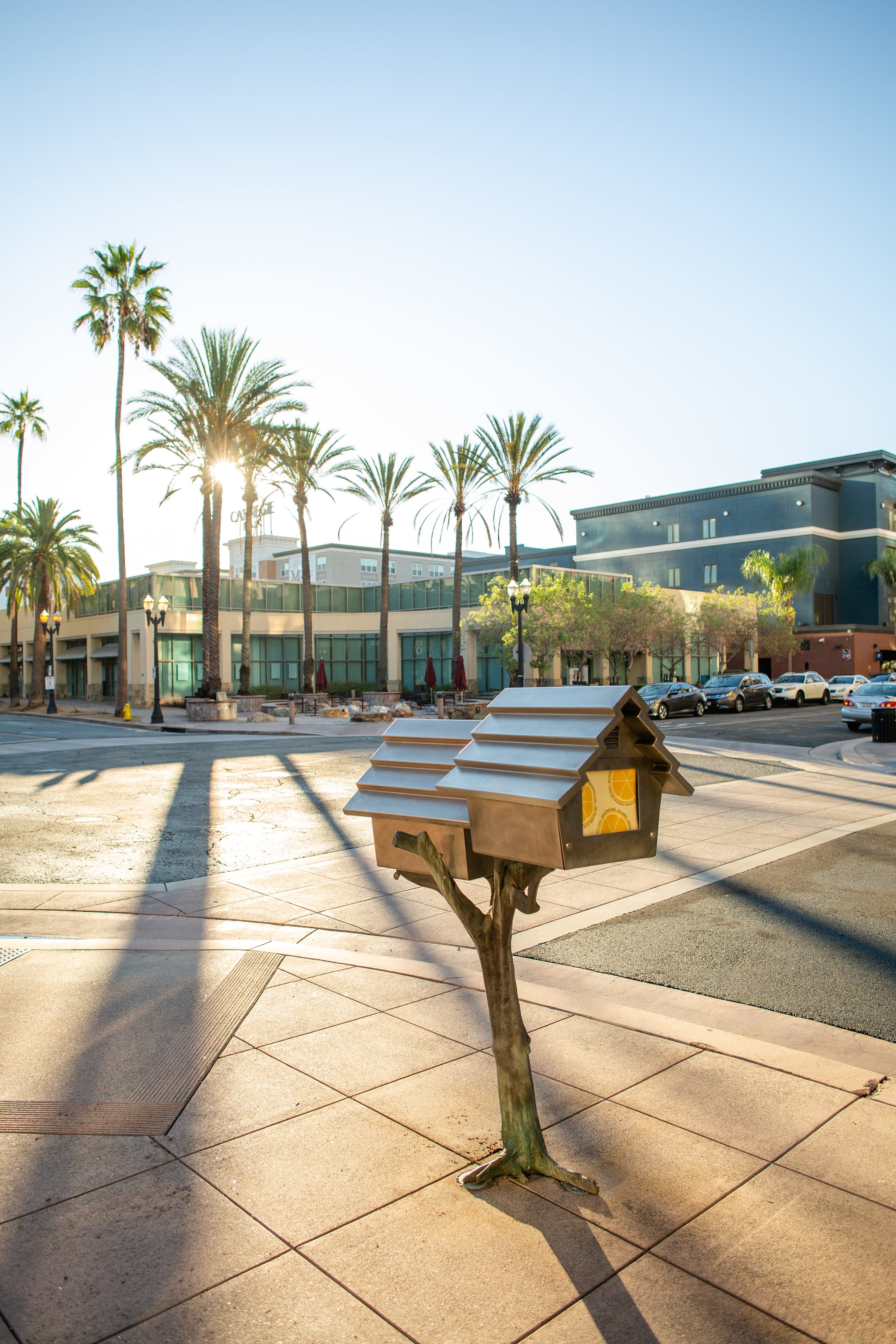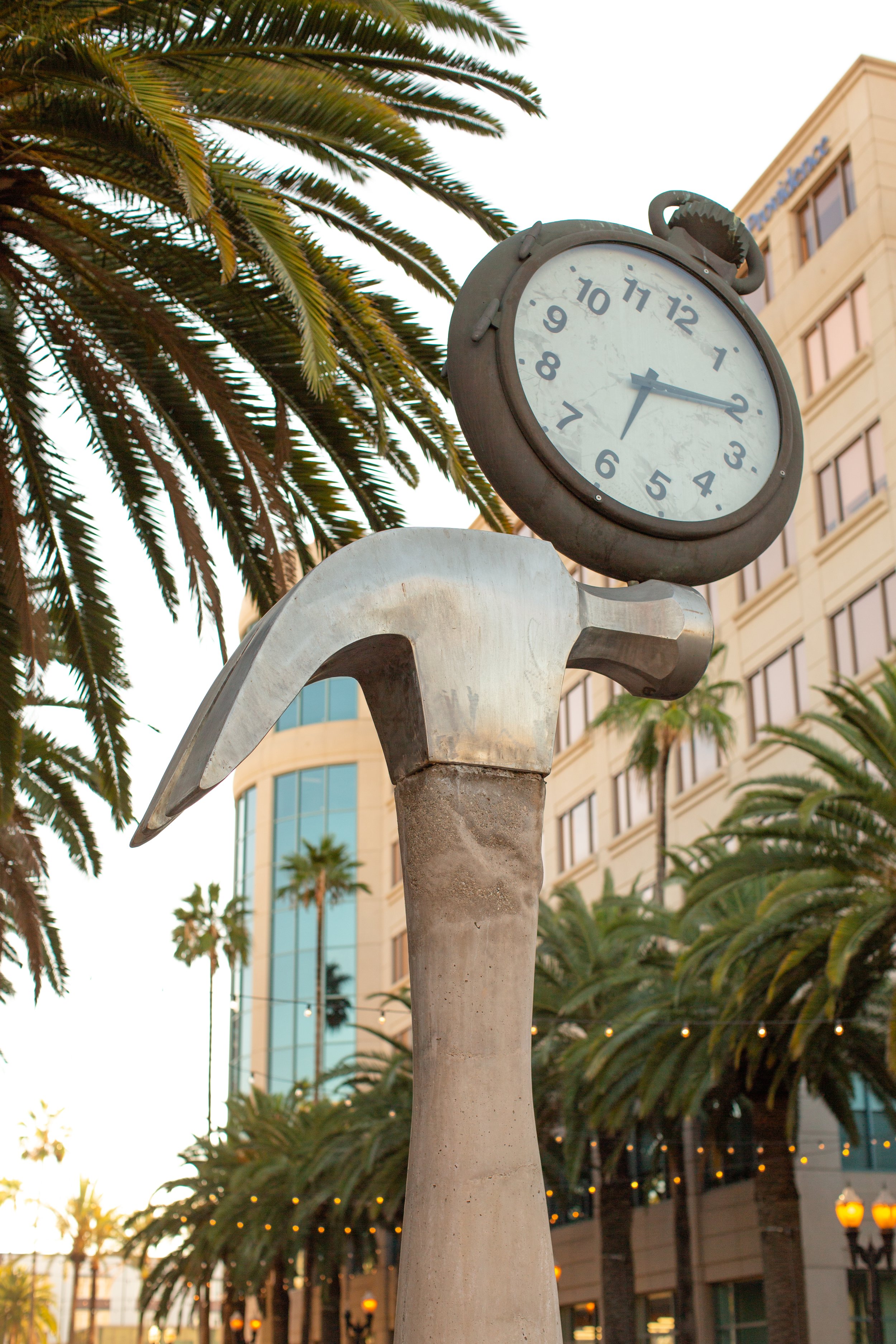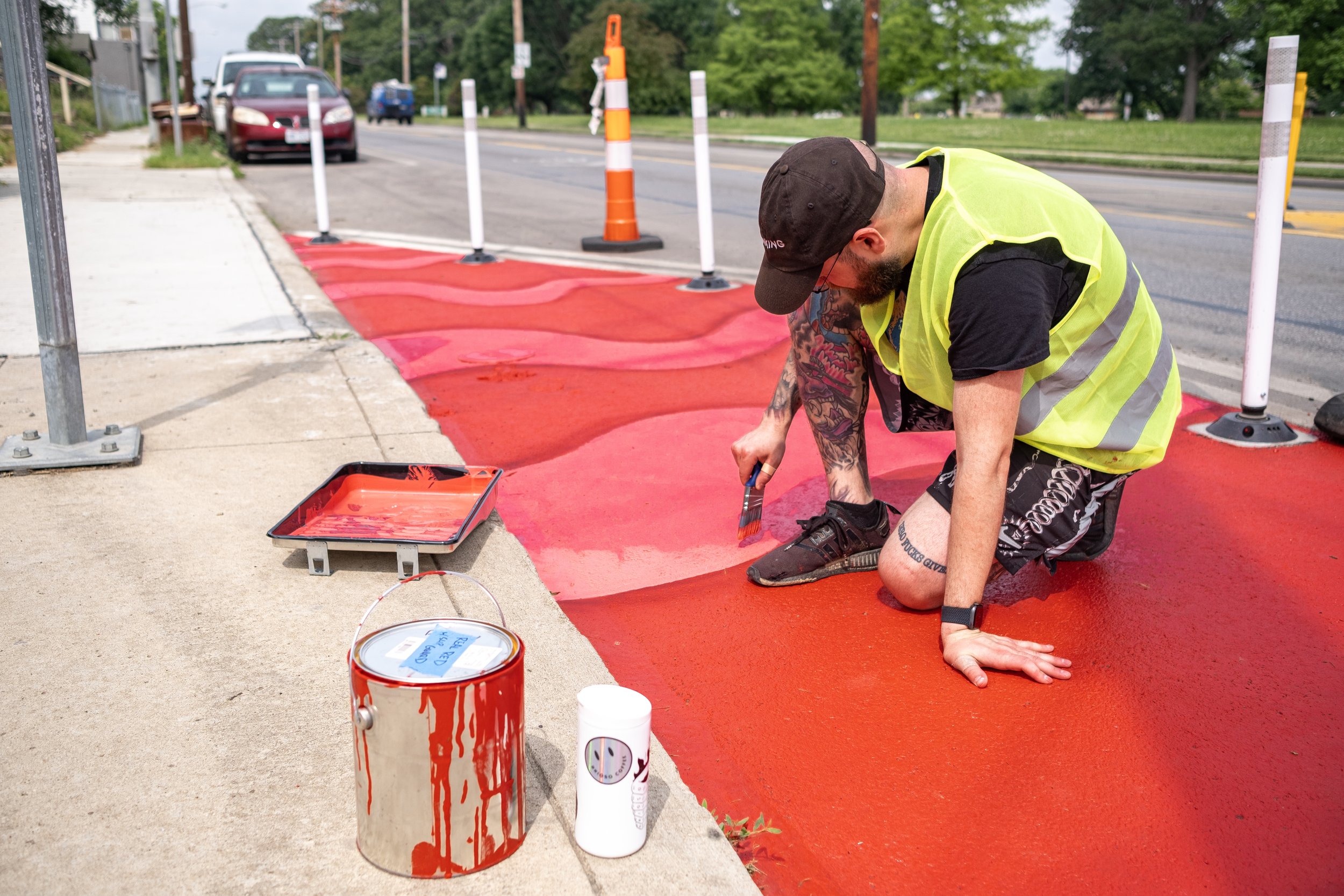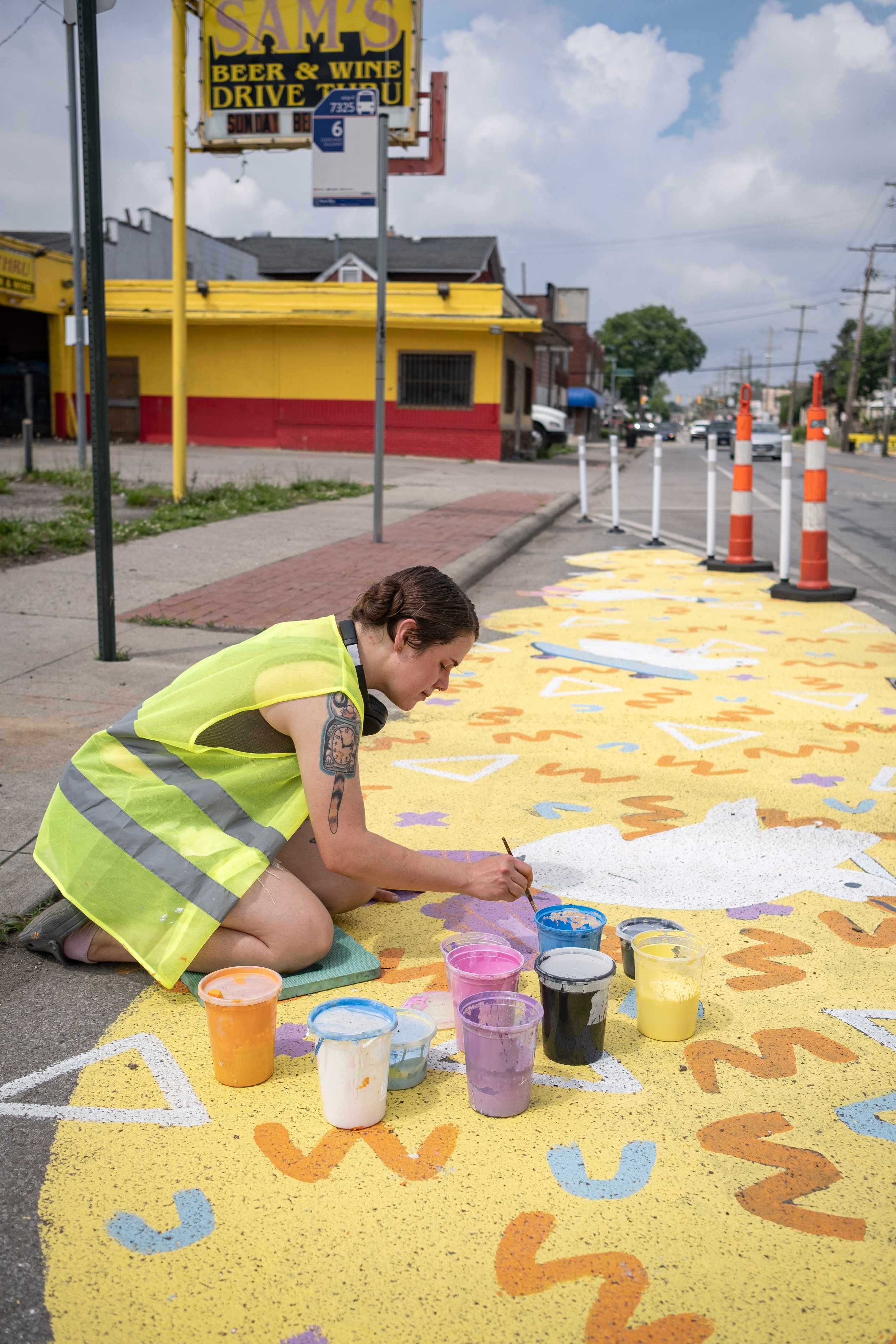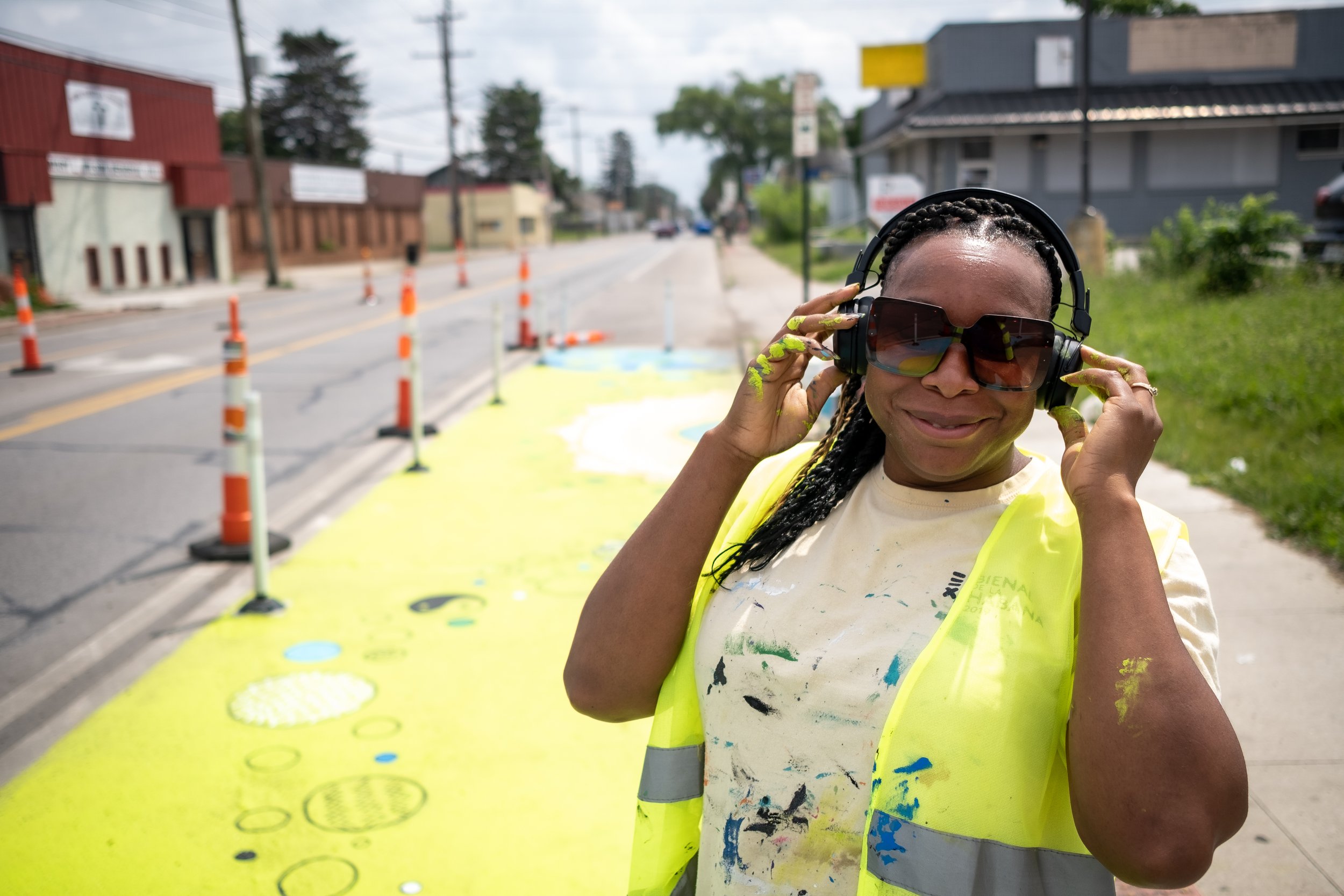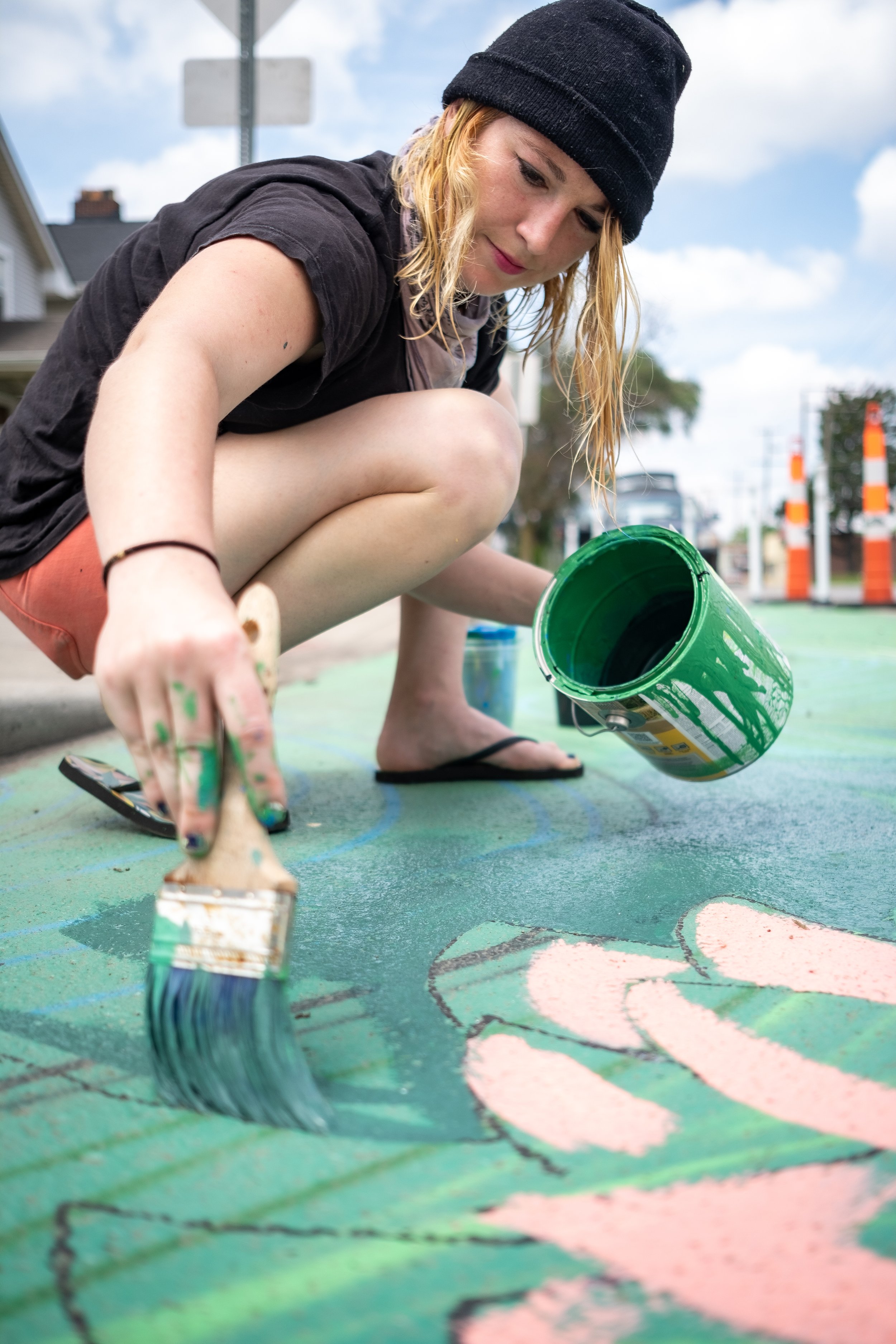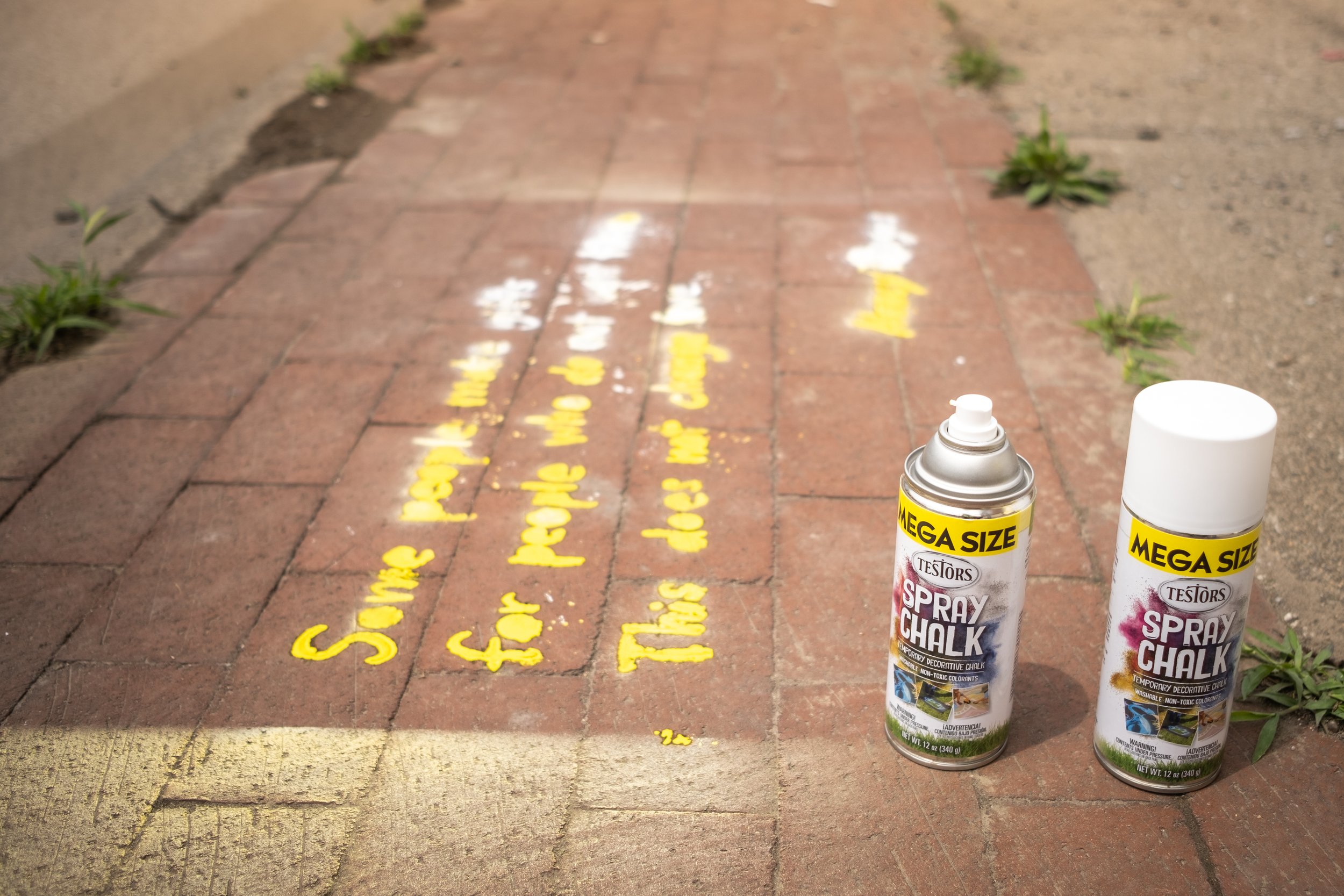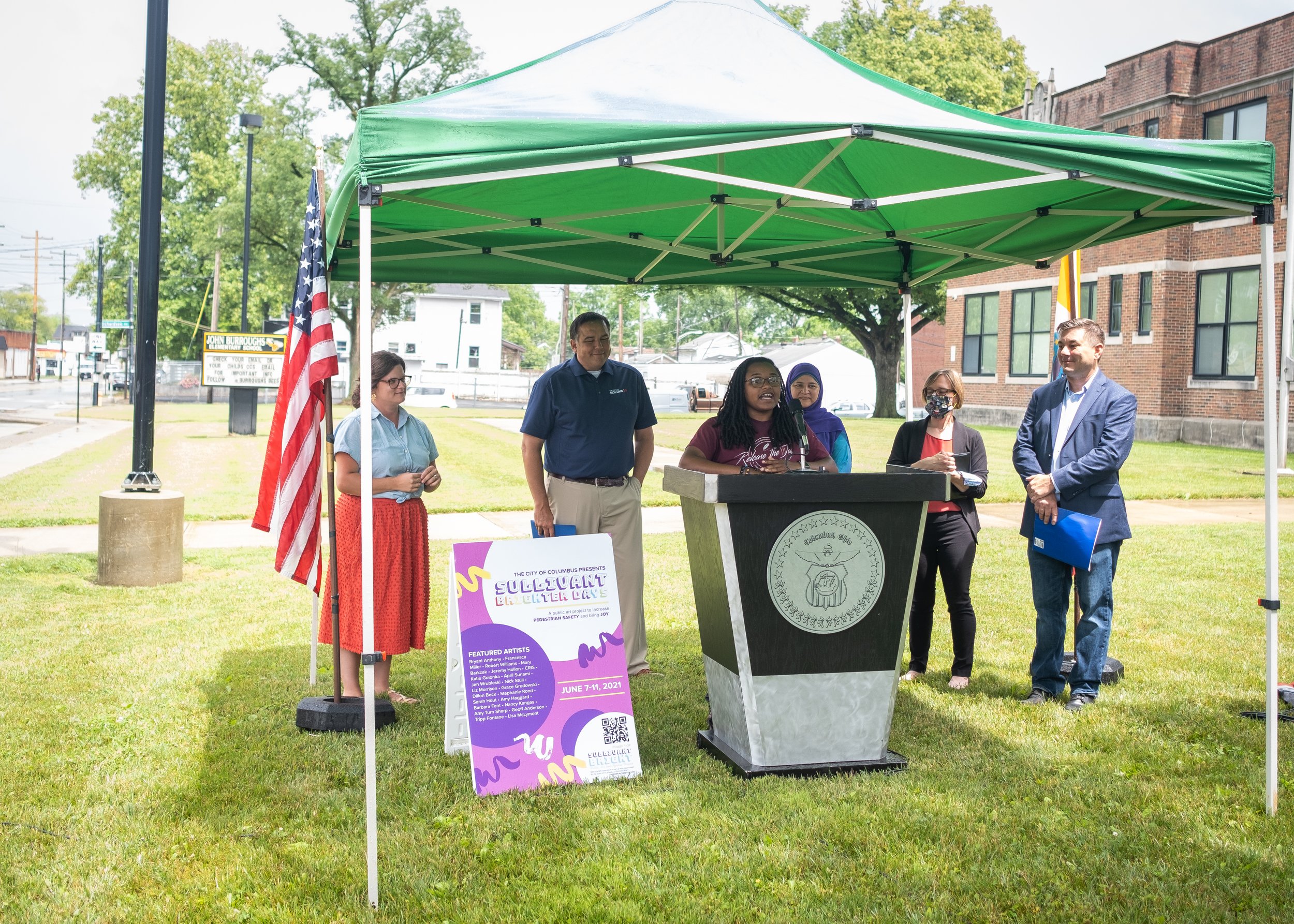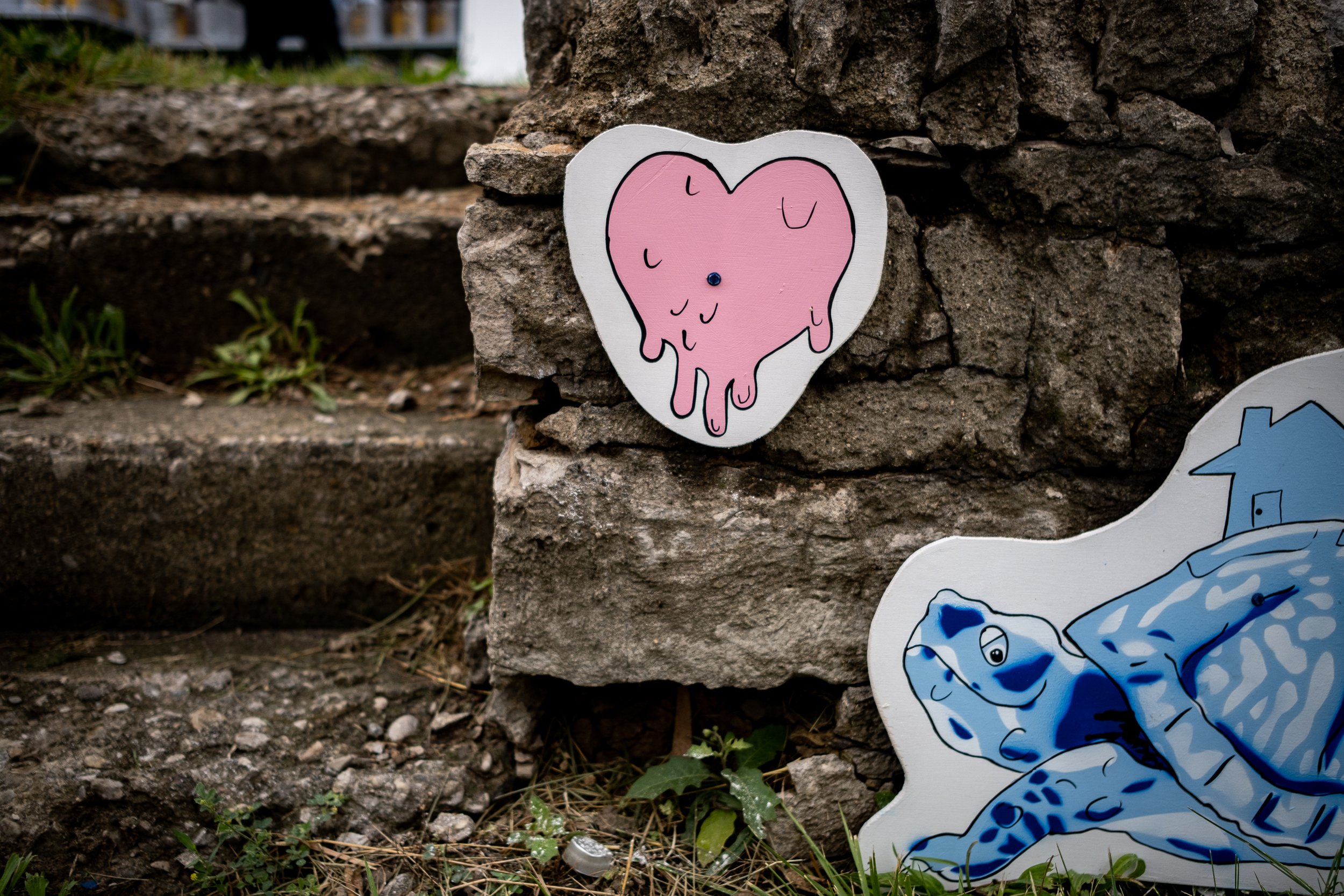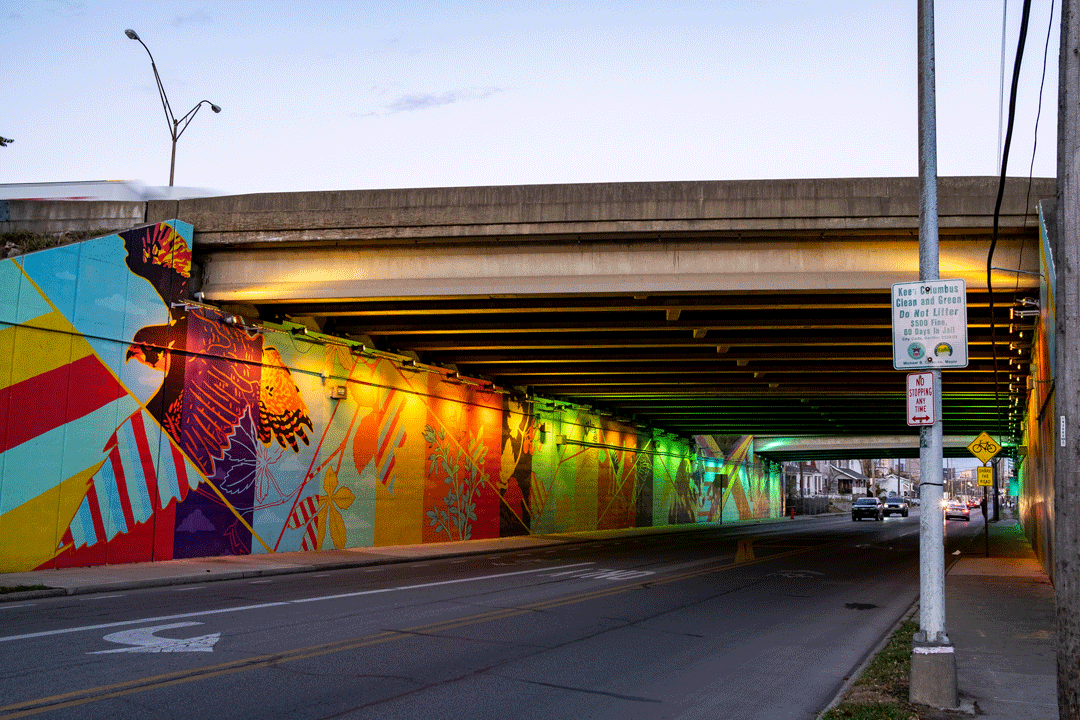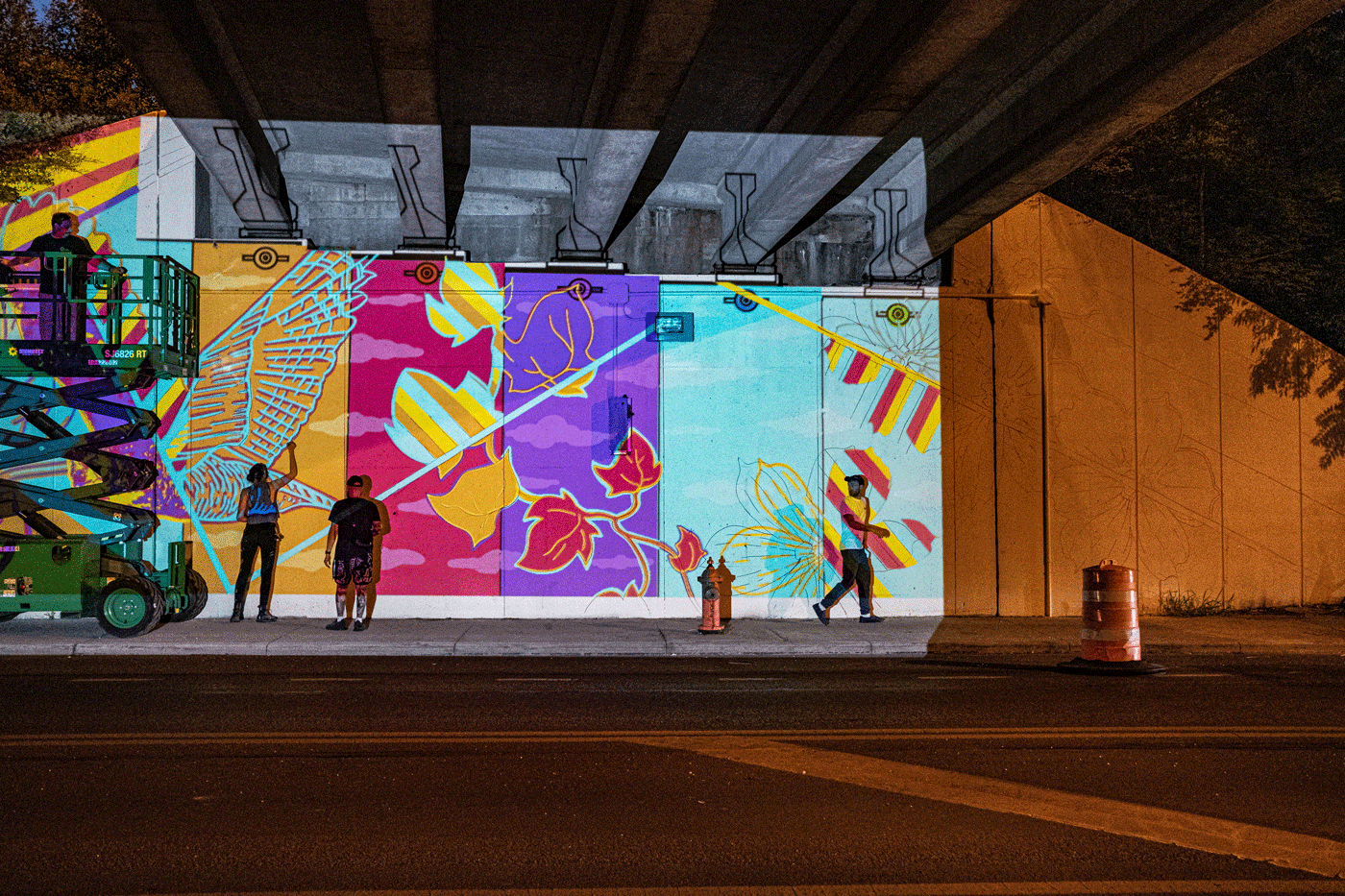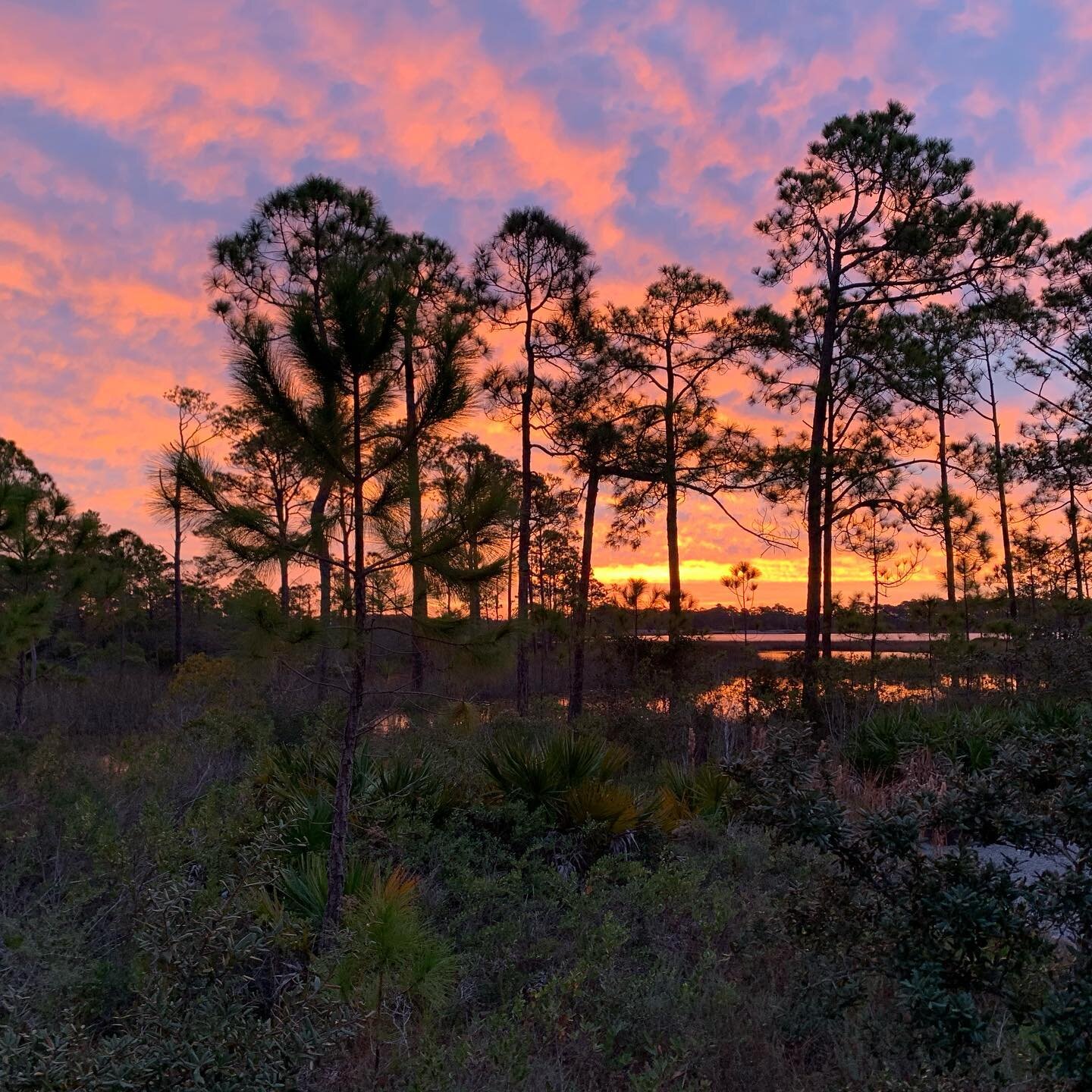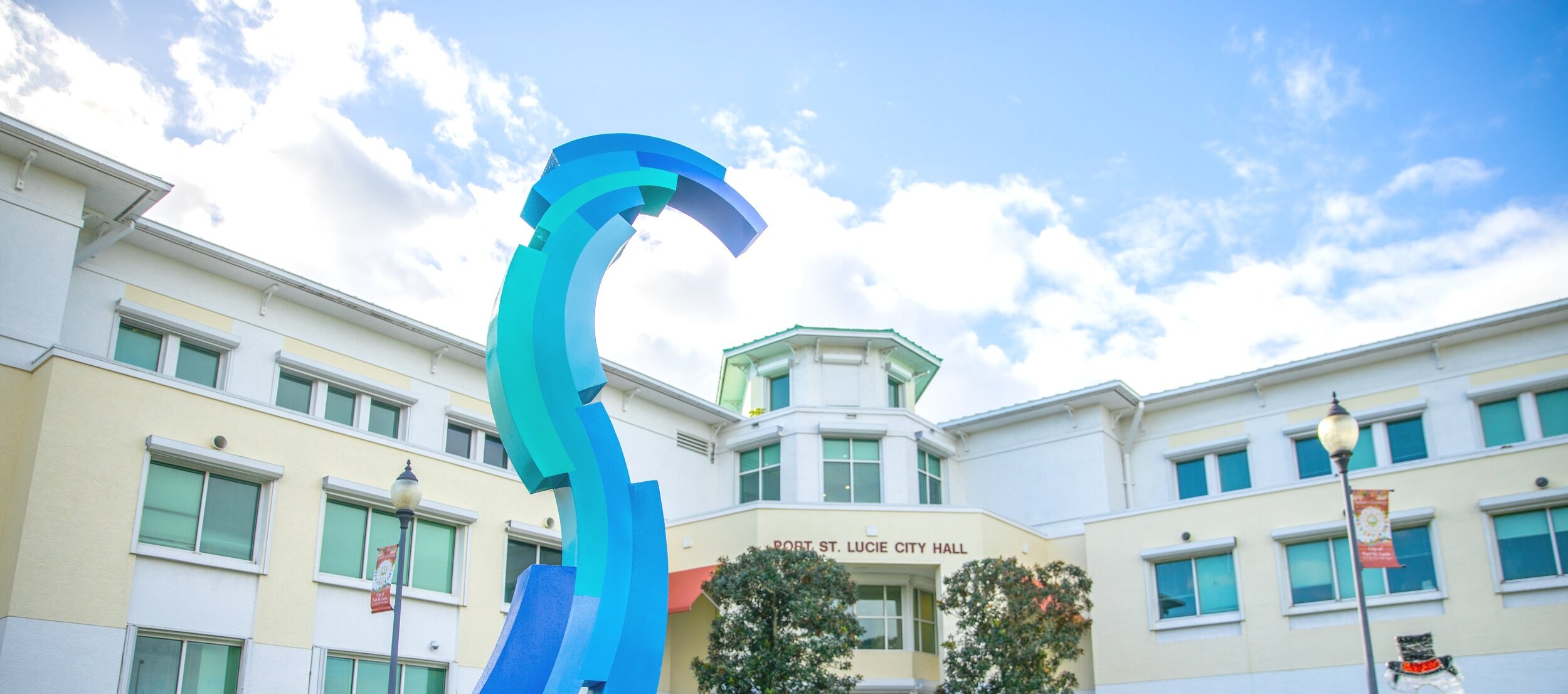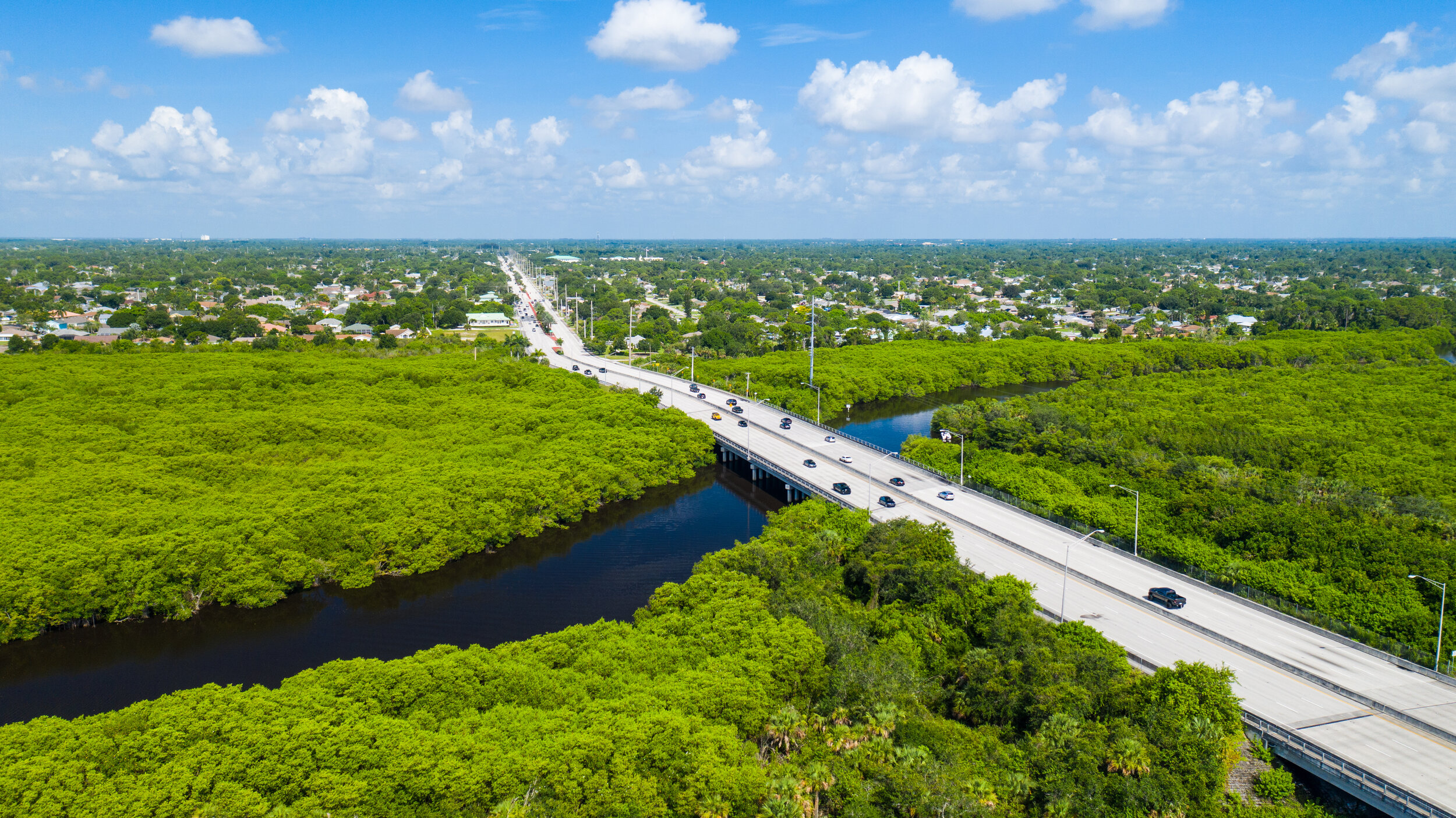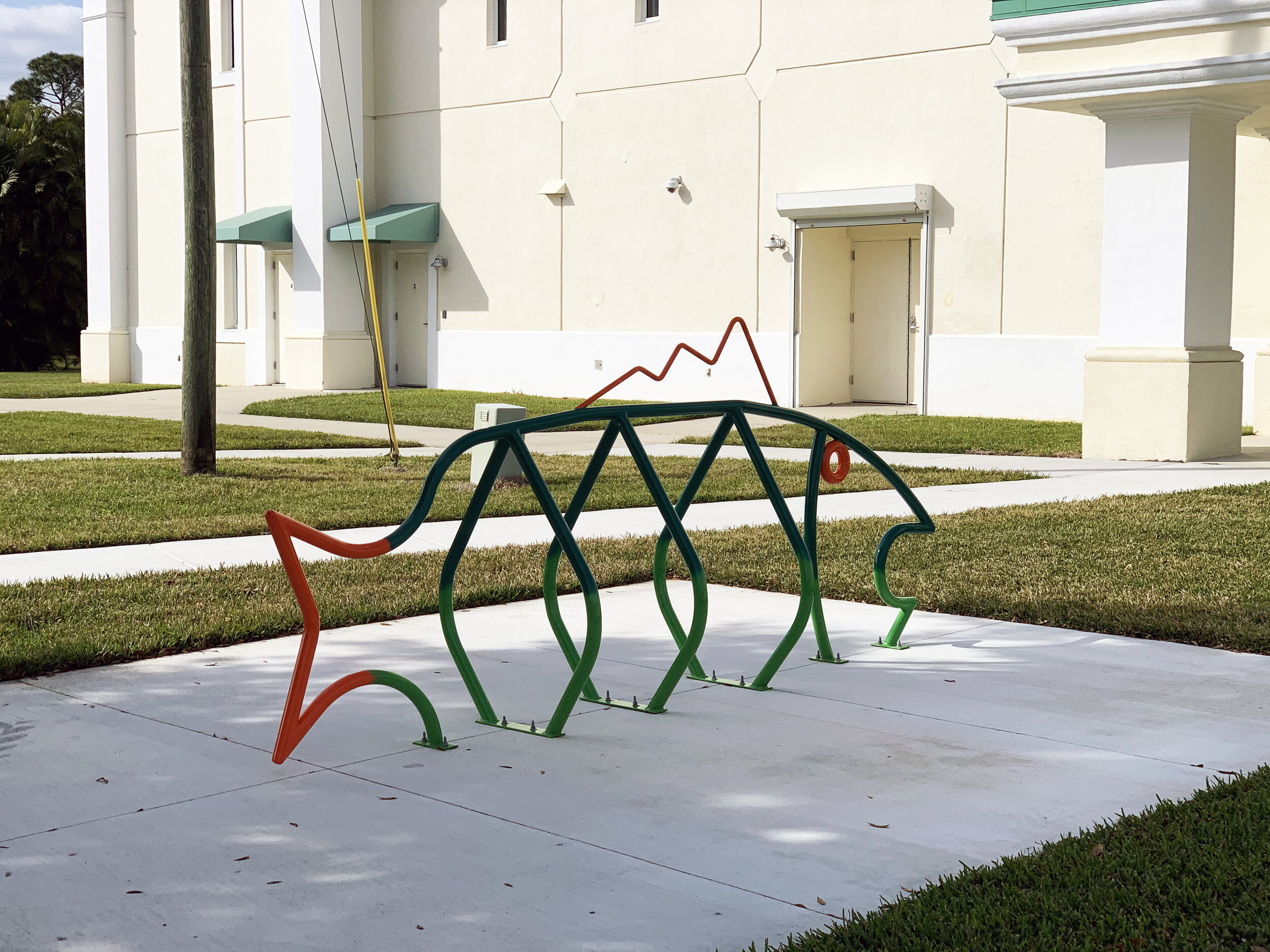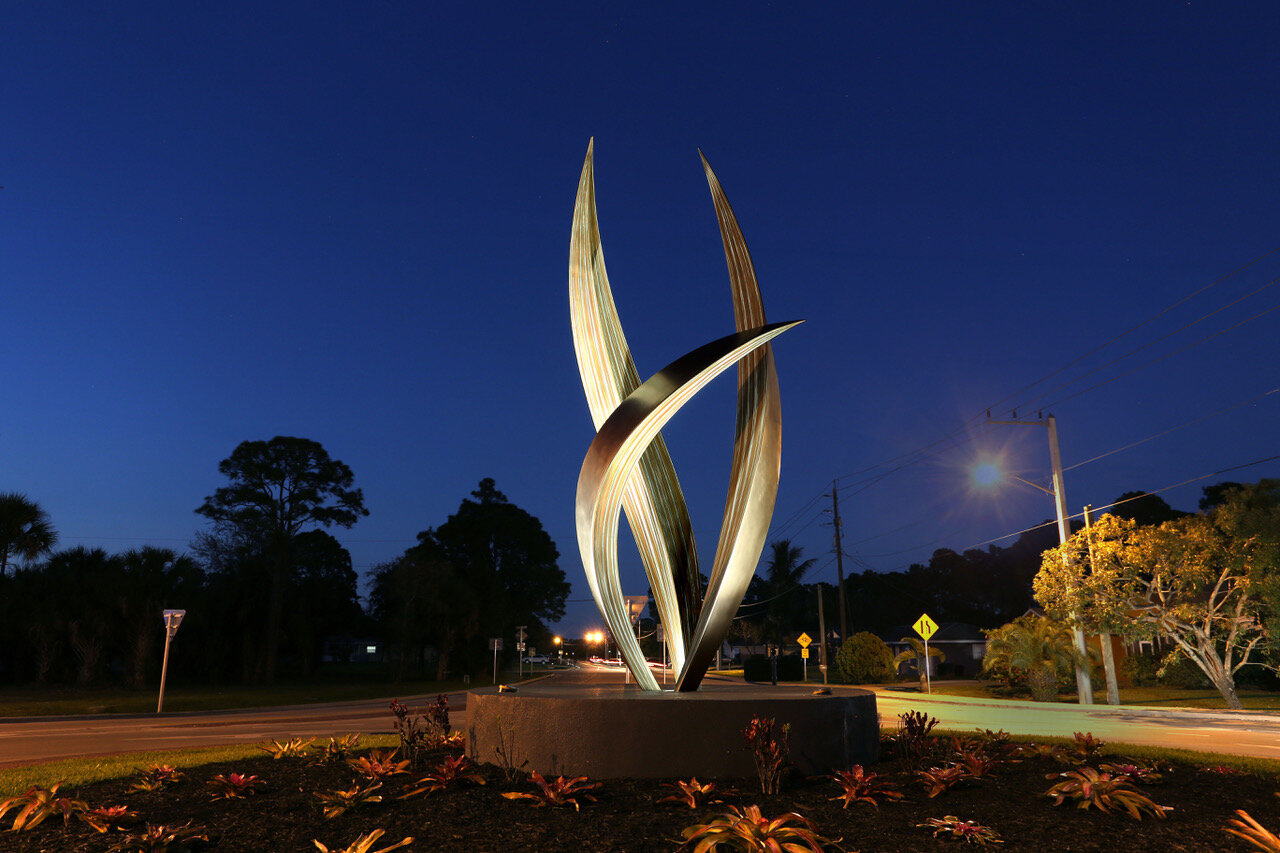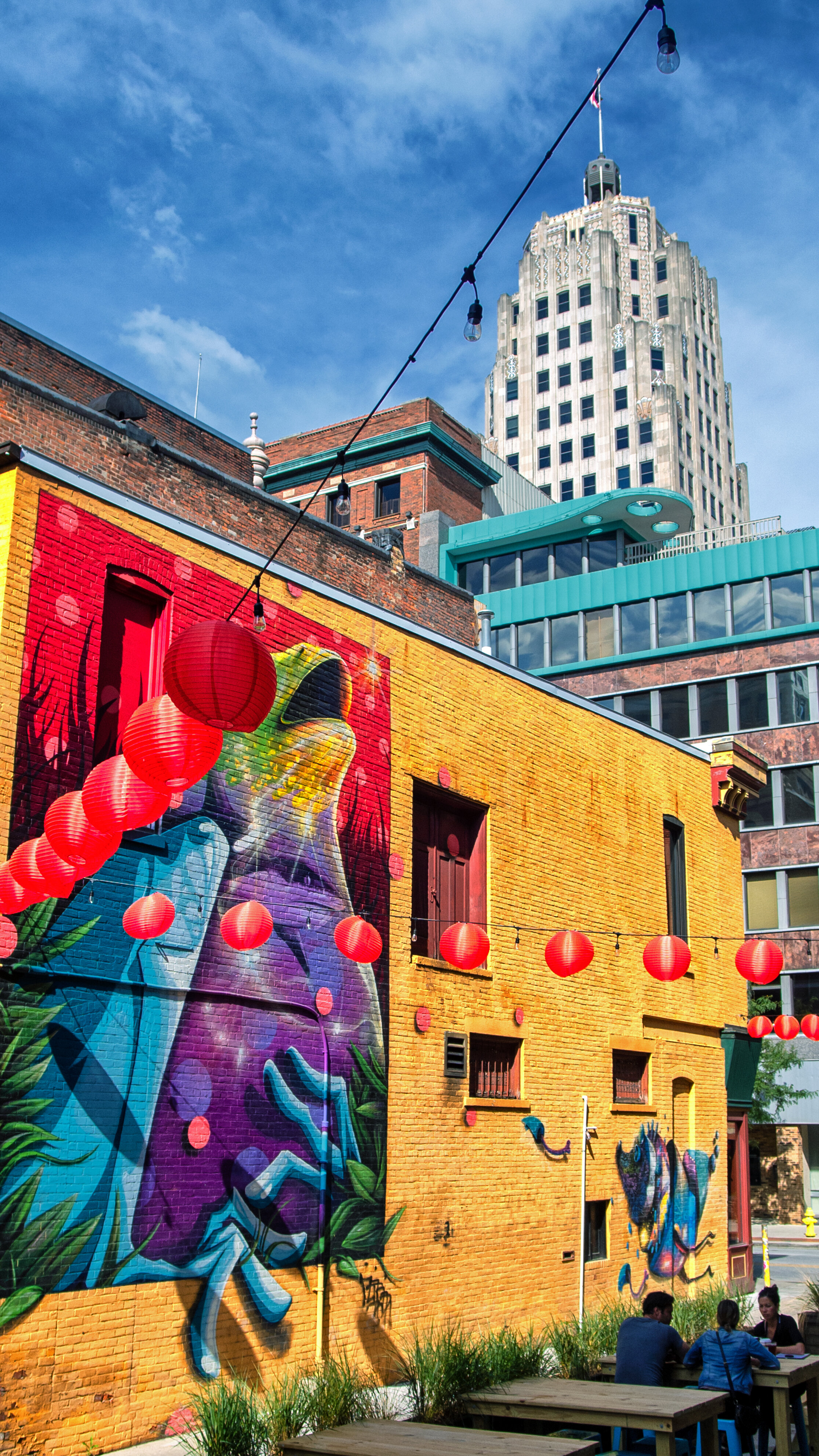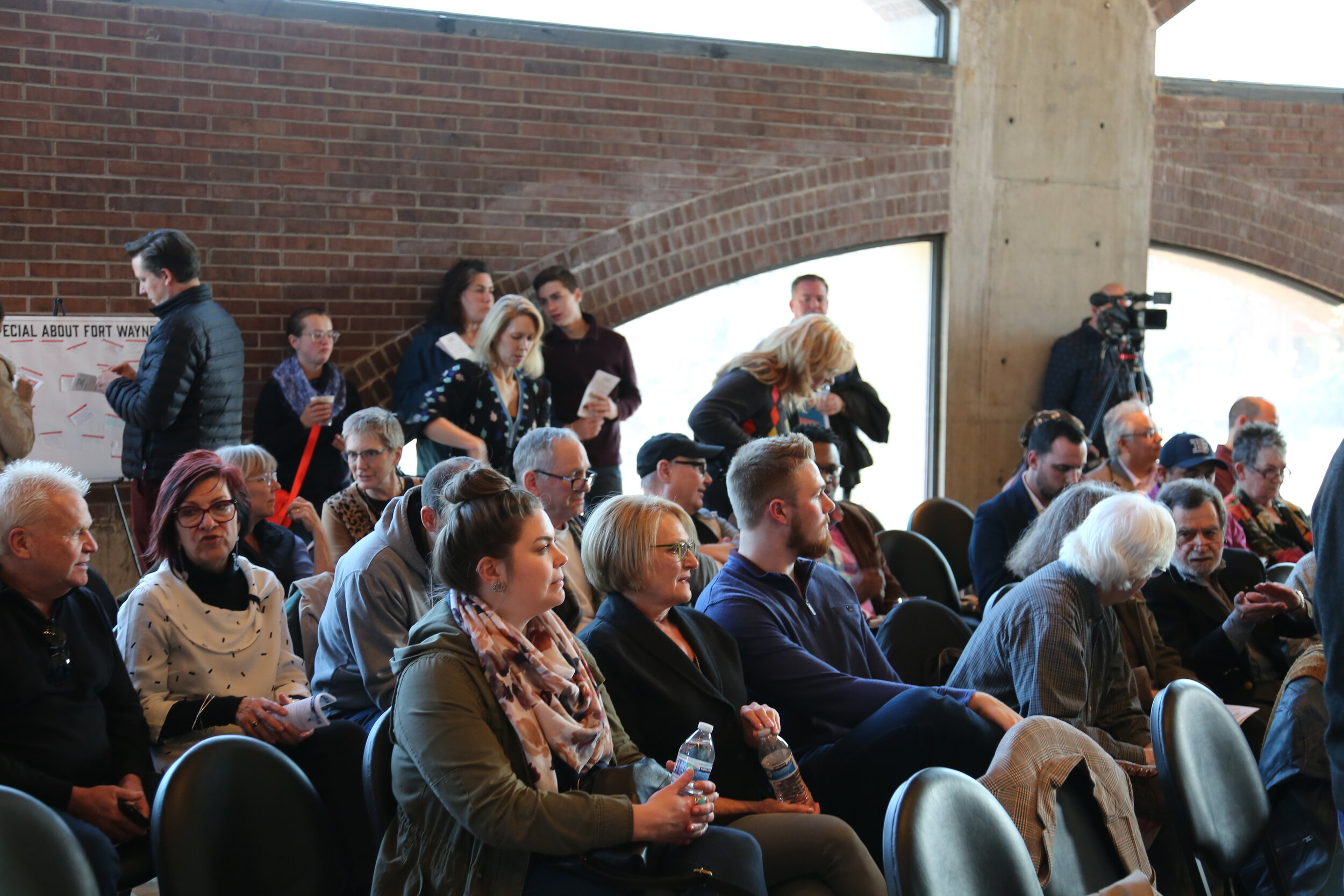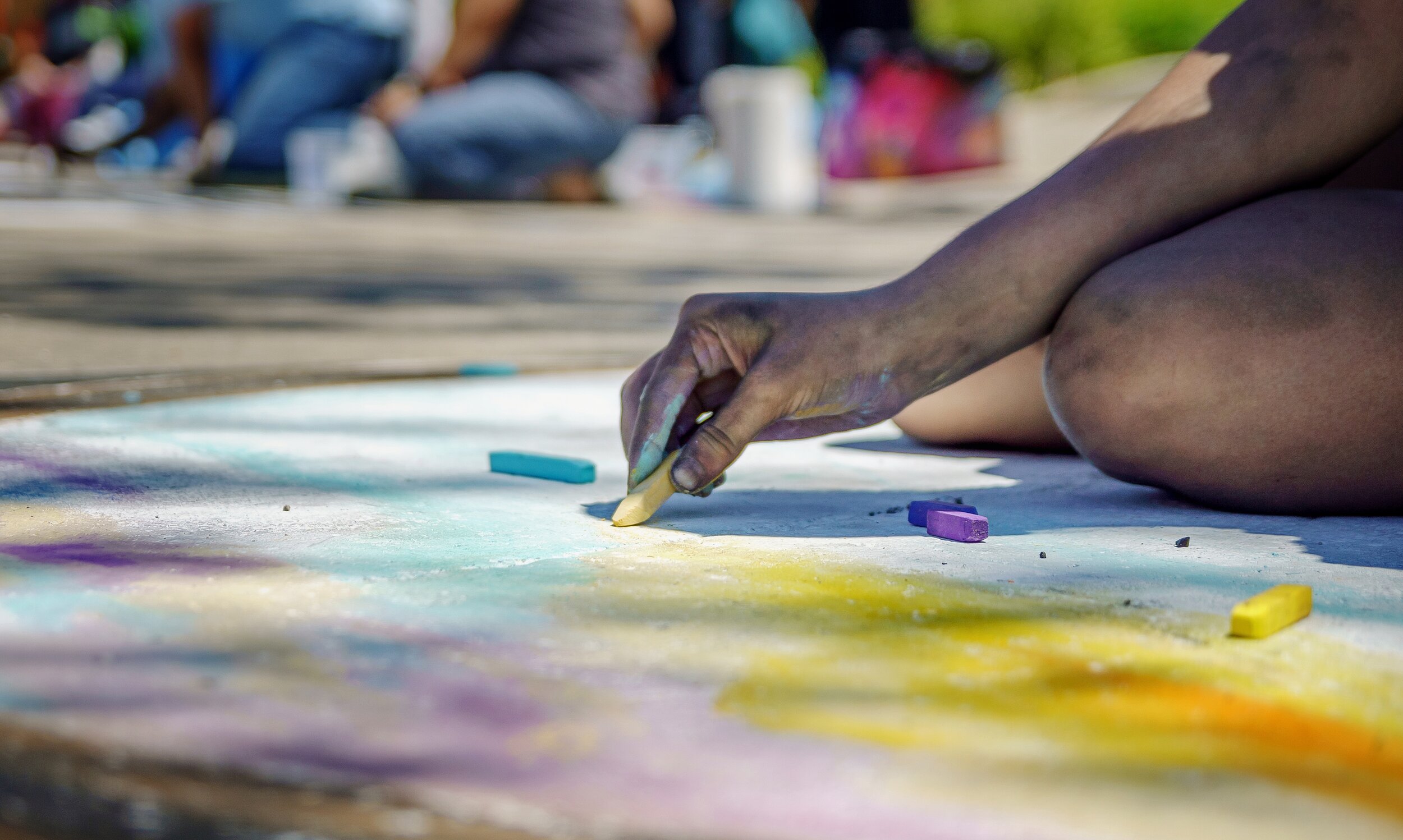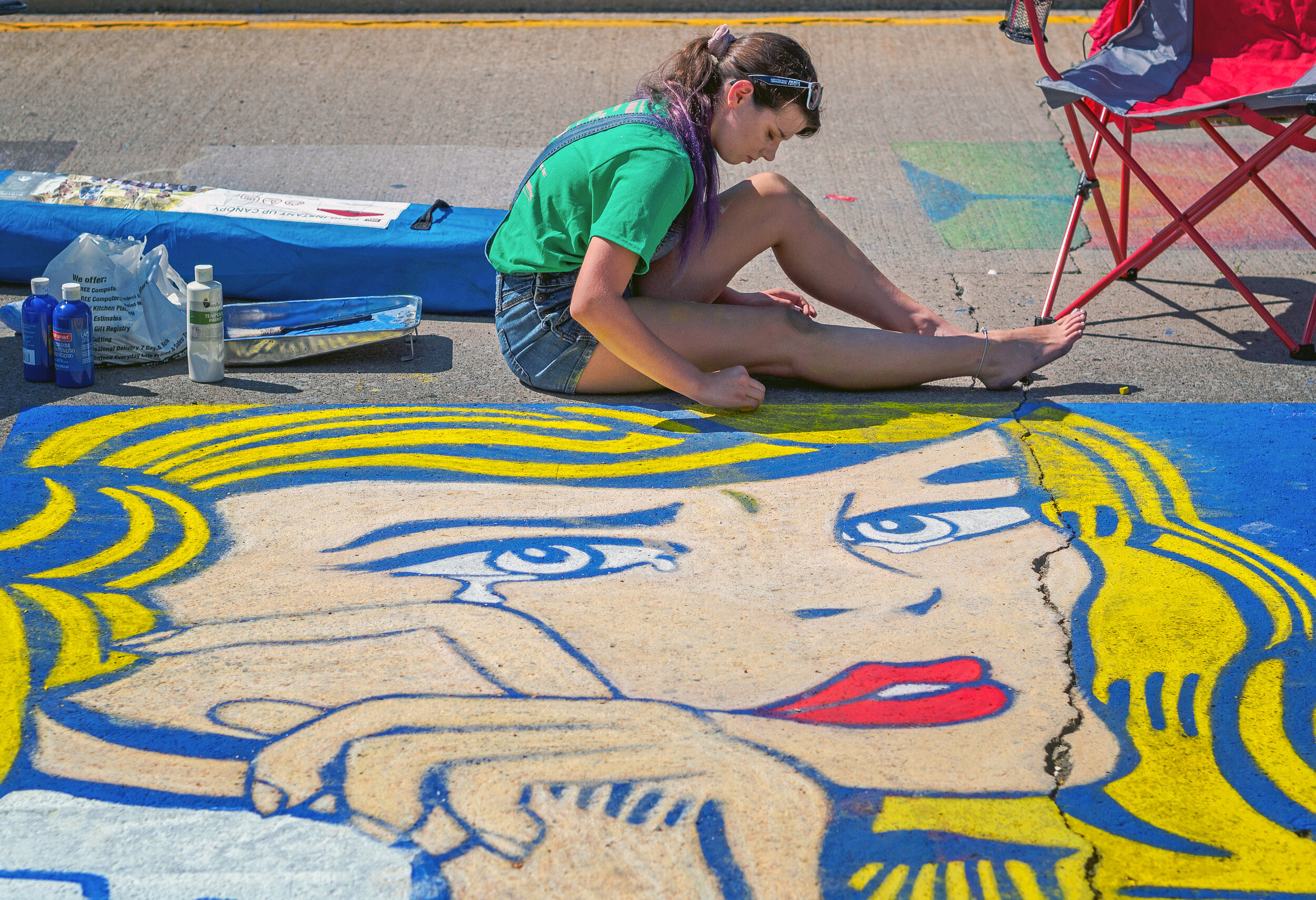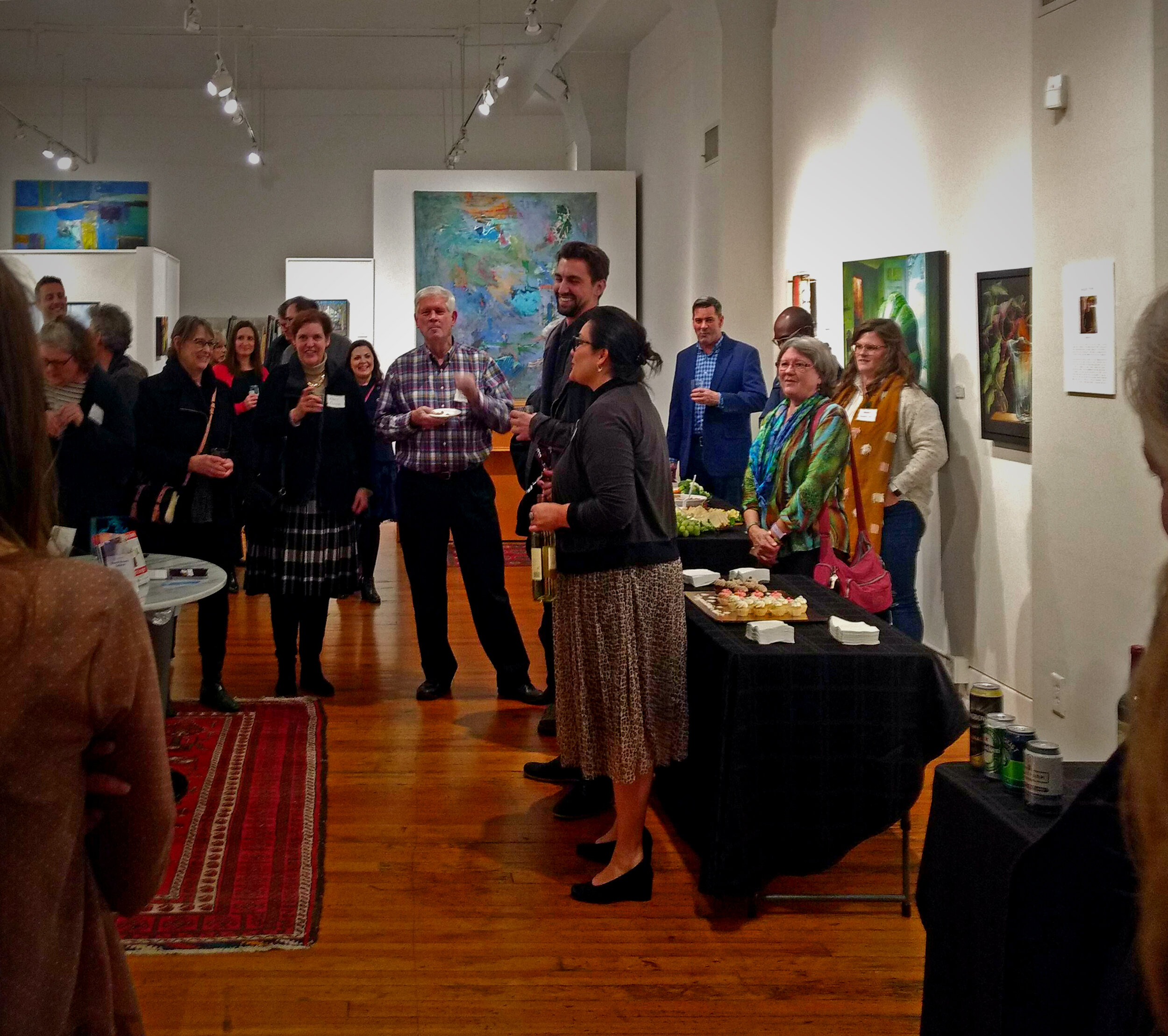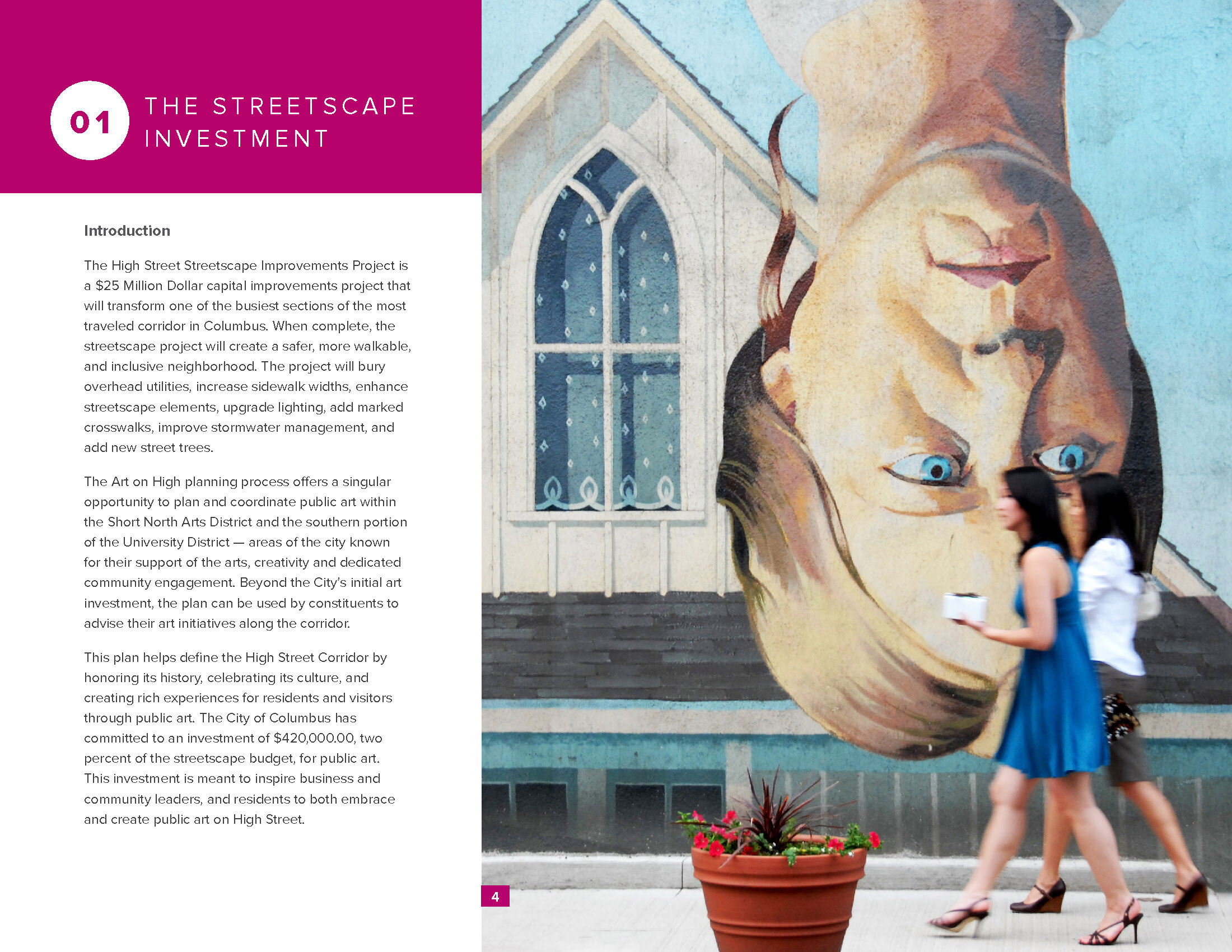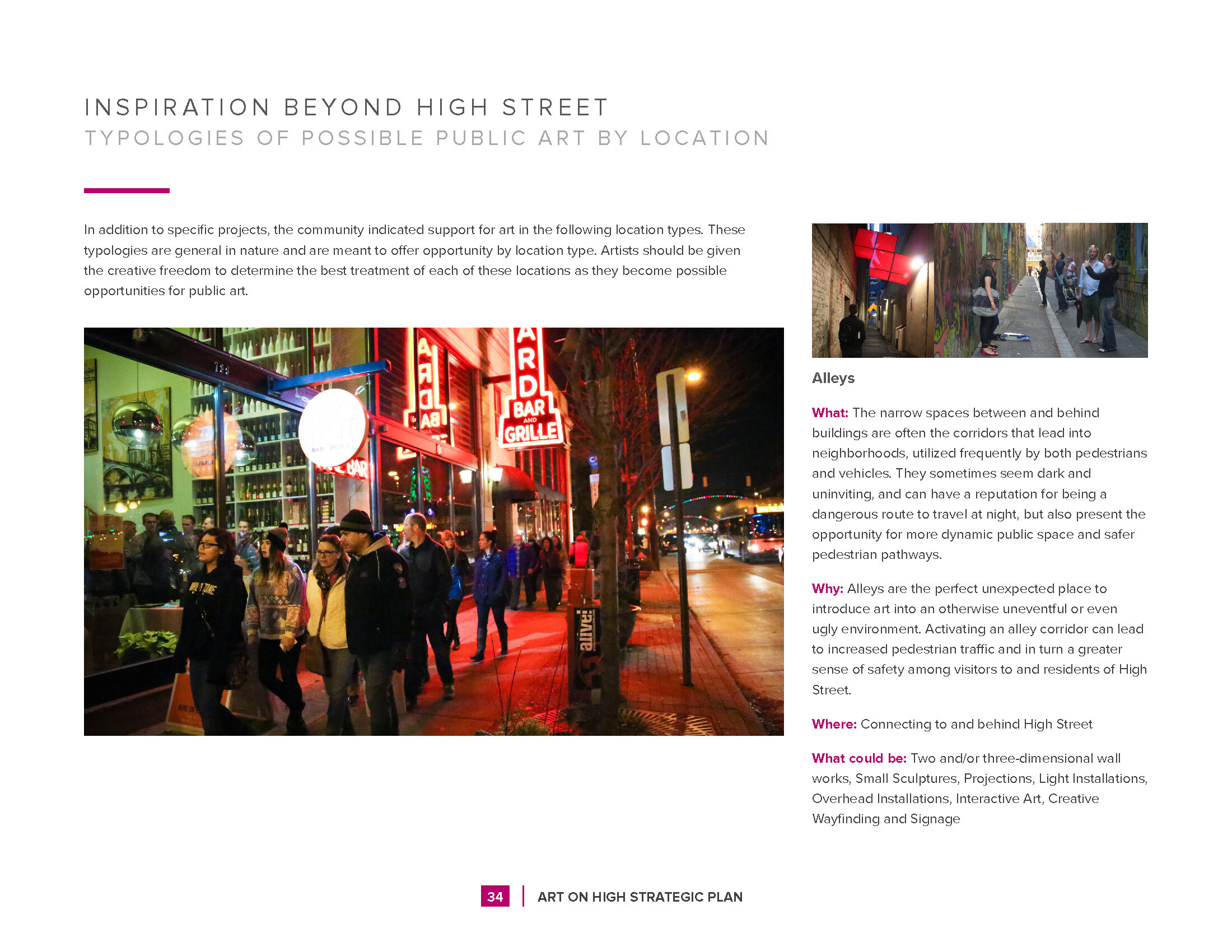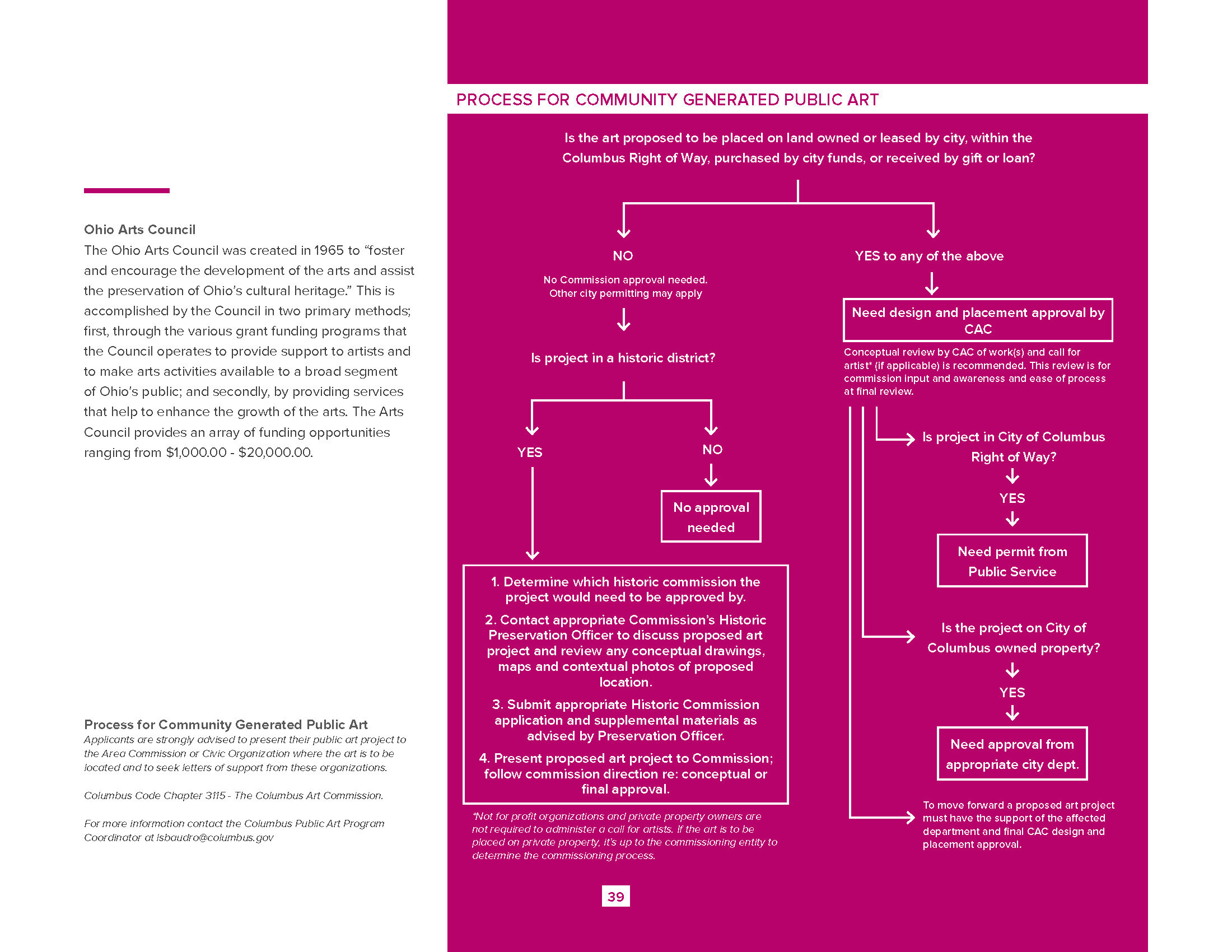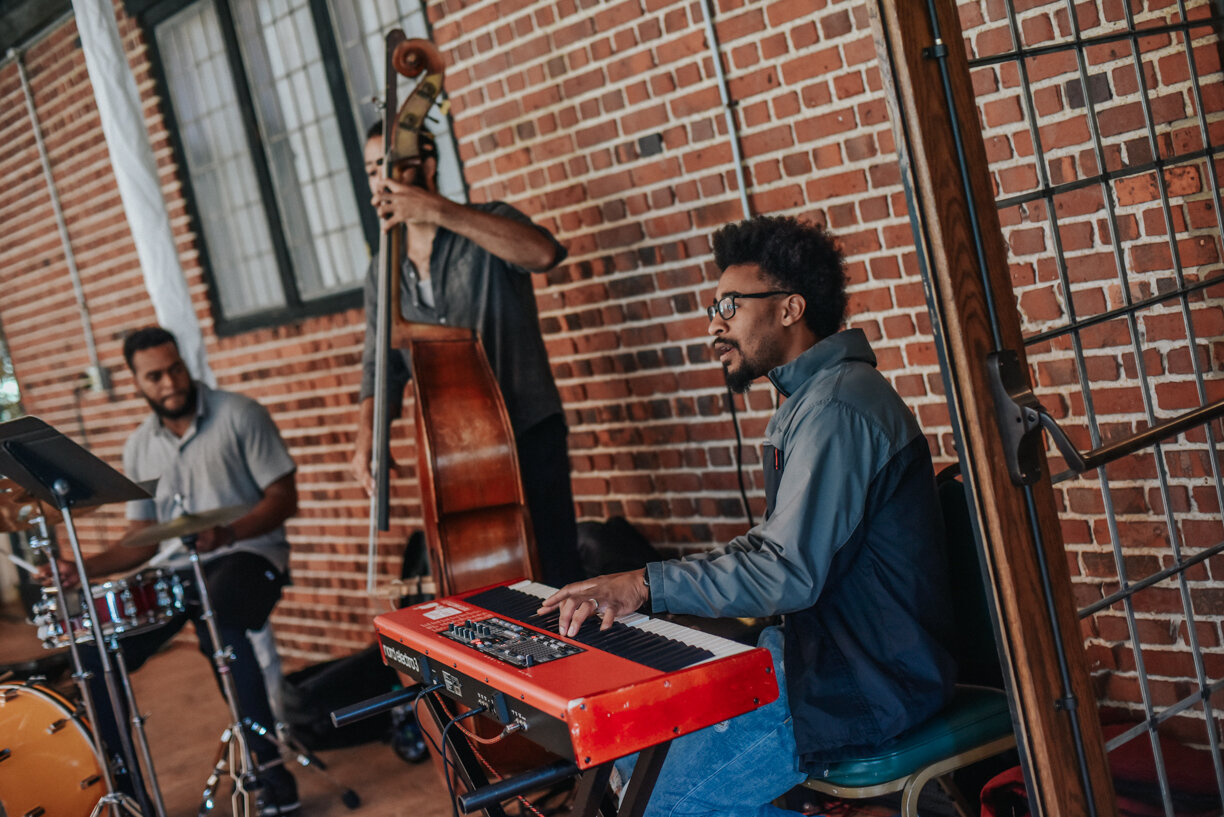Richmond International Airport Public Art Plan
Richmond, Virginia
WHY
The Art in the Airport program at Richmond International Airport (RIC) strives to complement and promote the dynamic regional culture of the State of Virginia, with an emphasis on the Richmond Metropolitan area, while reinforcing the image of RIC as an inclusive and welcoming gateway to the world. The three main objectives are to enhance the air travel experience of RIC visitors by creating an ambiance in the airport that reflects the sophistication and cultural diversity of the region and supports local artists and institutions by creating and managing rotating exhibitions, fine and performing art series that are customized for RIC.
HOW
Designing Local was selected to bring our unique set of skills, professional experience, and insight in the development of the Art in the Airport program at RIC. Engaging the community, art and artists, and our proven ability to develop a multi-cultural art program has been critical in the development and coordination of this arts program. Designing Local facilitated a series of highly interactive and inclusive public workshops and stakeholder meetings that yielded essential insights to craft a narrative about RIC and articulate the culture and values of the community.
WHAT
The final plan includes a fully developed arts program, including master planning, commission management, and art curation. Potential locations for art placement were identified, while taking into consideration the existing airport design, maintenance, RIC Master Plan, and the Capital Improvement Plan. Designing Local is also curating RIC's first public art piece to be installed in Fall of 2024.
Anaheim Public Art Plan
Anaheim, California
WHY
The Anaheim Public Art Master Plan takes an overarching look at Anaheim’s legacy of public art while setting a vision for the future and defining how public art will shape Anaheim for years to come. The framework of this plan is a strategy for the establishment and operationalization of a formal Public Art Program that proposes ways to ensure public art in Anaheim is transformational, unifying, and is representative of the spirit of Anaheim.
HOW
The Public Art Plan outlines the vision, goals, and core values of the City’s Public Art Program. The Plan also provides essential administrative guidelines for determining how public art is identified, preserved, selected, and placed. Public Art adds enormous value to the cultural, aesthetic, and economic vitality of a community. Despite the COVID-19 pandemic, this plan is a result of extensive public engagement. The consultant team, along with City leadership and staff, worked diligently to engage the public throughout an 18-month process (August 2020-December 2021) and provided ample opportunity for a broad cross-section of the community to participate in shaping the vision for public art in Anaheim. The team held over 40 virtual stakeholder engagement opportunities, including 18 individual interviews, 25 focus groups, and six identical community meetings in each of Anaheim’s 6 Council Districts to listen and learn about the community’s vision for public art. Participants included business owners, arts organizations, art educators, realtors, private developers, community groups, and engaged residents. Translation services were available on an as-needed basis. 2,149 people participated in a survey. In all, over 3,000 people were engaged.
WHAT
Throughout the stakeholder meetings, individual and group interviews, and survey comments, several recurring themes emerged. The people of Anaheim want to be known for their creativity. They want public art to become synonymous with their identity, elevating their reputation in southern California, stacking upon the experience of a tourist destination. They want public art to celebrate and showcase the many cultures in Anaheim, and they want to see public art reflecting their values in their local neighborhoods. They want art to be a part of their public spaces, making them more exciting and desirable. They want to share their histories and the history of Anaheim with each other and, ultimately, the world.
Sullivant Bright Public Art & Parklet Project
Columbus, Ohio
WHY
Sullivant Avenue is a place of authentic creativity, featuring a prominent mural and numerous custom signs. The Sullivant Bright Public Art Project is part of a larger $10 million rehabilitation project (2% of which is devoted to public art) that began in May 2020. It used public art to elevate the corridor and creatively showcase where future infrastructure improvements would be installed.
HOW
As project engineers evaluated a 1.9-mile corridor along Sullivant Avenue for necessary pedestrian upgrades, Designing Local considered public art and placemaking opportunities along the corridor, particularly where public art or a placemaking intervention could support a safer pedestrian environment. Twenty-one artists were tapped to create temporary public art installations that wowed the neighborhood with their bold, colorful designs.
WHAT
This project demonstrates the firm’s abilities to provide strategic direction for placemaking and land use issues as well as the firm’s capabilities to both develop and communicate creative concepts which contribute to community safety and sense of place.
Sidewalk bump-outs and pedestrian refuge islands were constructed to shorten the distance to cross the street, make pedestrians more visible, and help to slow driver speeds. Data collected after implementation shows that crashes decreased by approximately 50%, and extreme speeding (50+ mph) was reduced by as much as 92%.
SULLIVANT BRIGHT ARTISTS
April Sunami, Bryant Anthony, Dillon Beck, Francesca Miller, Grace Grudowski, Jen Wrubles, Jeremy Hollan with CRIS artists, Katie Golonka, Mark Barkzak, Nick Stull, Liz Morrison, Robert Williams, Stephanie Rond, Amy Haggard, Sarah Hout, Barbara Fant, Nancy Kangas, Amy Turn Sharp, Geoff Anderson, Tripp Fontane, Lisa Mclymont. Photography by Abby Kamagate. Video Production by Aaron Blevins.
Port St. Lucie Art in Public Places Master Plan
Port St. Lucie, Florida
WHY
The City of Port St. Lucie is dedicated to creating a more livable, beautiful community and looked to public art as a means to accomplishing this. The city created an Art in Public Places program through A Percent for Art in Private Development funding, and created a Public Art Board to review projects. The next step for the city was to create an Art in Public Places Master Plan to guide program implementation.
HOW
It is hard to believe that our first large-scale public engagement event for the plan was the first city event canceled due to COVID-19 back in March 2020! Designing Local was able to transition to digital engagement and, thanks to the public’s enthusiasm for more public art in Port St. Lucie, got feedback from nearly 1,000 residents.
WHAT
The Art in Public Places Master Plan lays out a vision for the future of public art in Port St. Lucie, which is now on track to develop a world-class public art program. Designing Local has continued to provide art implementation for the last 2 years.
Art for All Public Art Master Plan
Fort Wayne, Indiana
WHY
The City of Fort Wayne, Indiana recently adopted an ordinance requiring any private development receiving TIF incentives to contribute 1% of the project fee to the City of Fort Wayne’s Public Art Fund. In an effort to invest these dollars responsibly, the city set out to create a Public Art Master Plan. The plan would direct spending to high-priority projects in downtown and neighborhoods, and outline the infrastructure necessary to create a robust public art program.
HOW
Designing Local held more than 100 stakeholder interviews to kick off the plan’s discovery phase, and hosted a Public Art Pecha Kucha event to initiate the planning process. Six local artists and a nationally recognized curator spoke about the power of public art to a standing-room audience of 250 people. The team hosted a series of meetings titled ‘Public Art Popsicle Pop-Up on a Parklet’ to co-create big ideas for public art in the community. We also developed a custom map program through which participants could select where public art should go, where special stories happen, and where public art currently exists.
WHAT
Through the development of sound policy and an implementation framework, the Fort Wayne Public Art Master Plan offers the city an opportunity to create public art that is uniquely Fort Wayne.
Art on High Strategic Plan & Artist Selection
Columbus, Ohio
WHY
In 2010, the City of Columbus, Ohio dedicated $25 million to the High Street Streetscape Project, which will transform North High Street through the Short North Arts District and the southern University District — one of the busiest corridors in Columbus. The streetscape improvements will create a safer, more walkable, and more inclusive neighborhood by burying overhead utilities, increasing sidewalk widths, standardizing streetscape elements, upgrading lighting, adding marked crosswalks, improving stormwater management, and adding new street trees. Two percent of the total streetscape budget has been dedicated to an investment in public art.
HOW
Designing Local advised the City of Columbus as it planned for its public art investment, and managed a team of three consultants. Through extensive public engagement and a thorough understanding of the current and future built environment, Designing Local selected eight locations at which to site public art along a two-mile stretch of North High Street. Each location was vetted by the Columbus Department of Public Service and the design team to ensure it would be suitable for public art.
WHAT
The Art on High Strategic Plan provided a vision for how public art should be featured along the corridor, and how this initial investment could be used to catalyze future such investment. In addition, the team conducted three public meetings, monthly walkabouts, and extensive stakeholder interviews to determine what the community would like to see on the site. Designing Local then managed a call for artists and jury process, from which artist Mark Reigelman was selected. His ‘Makers Monument’ was installed in July 2021.
